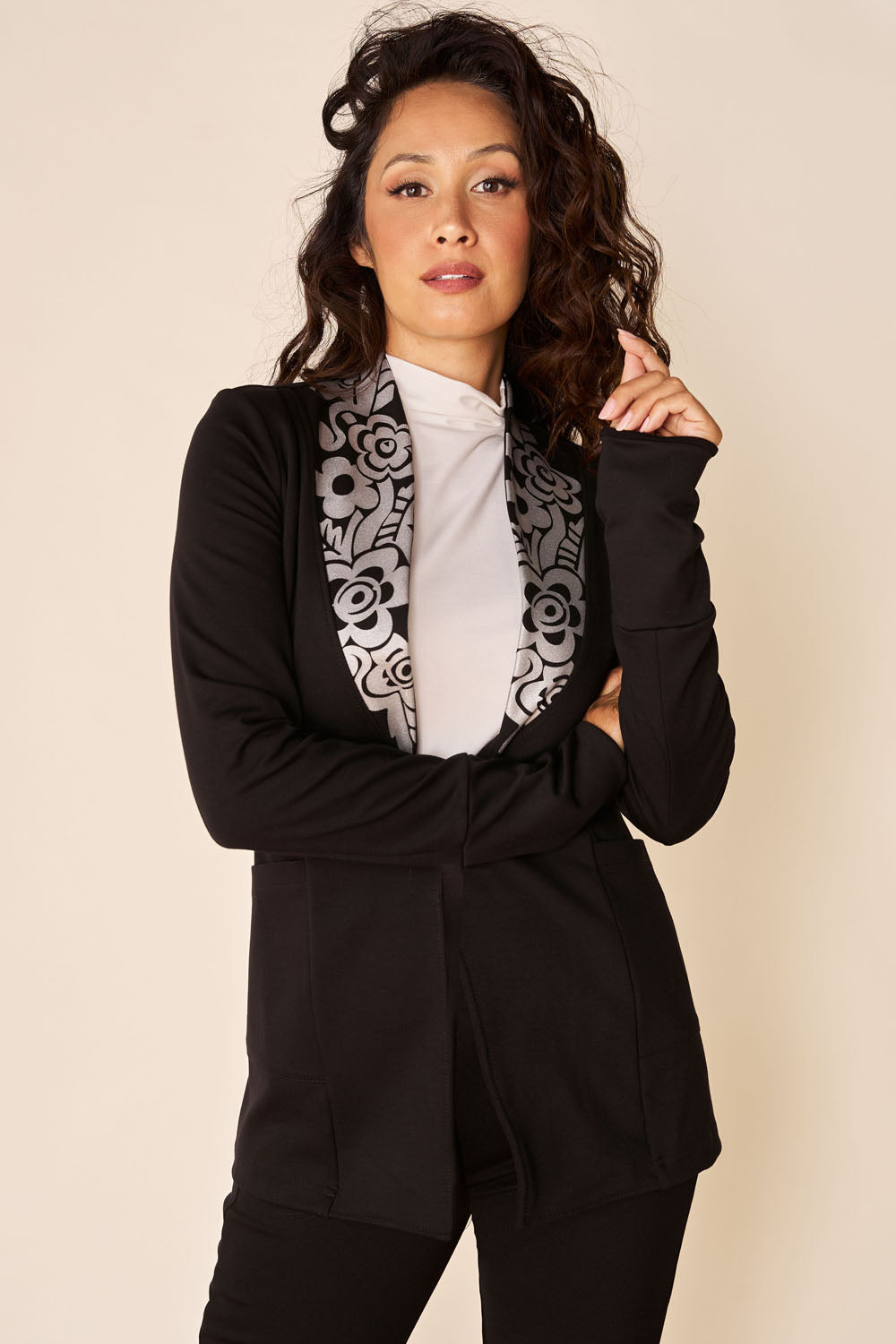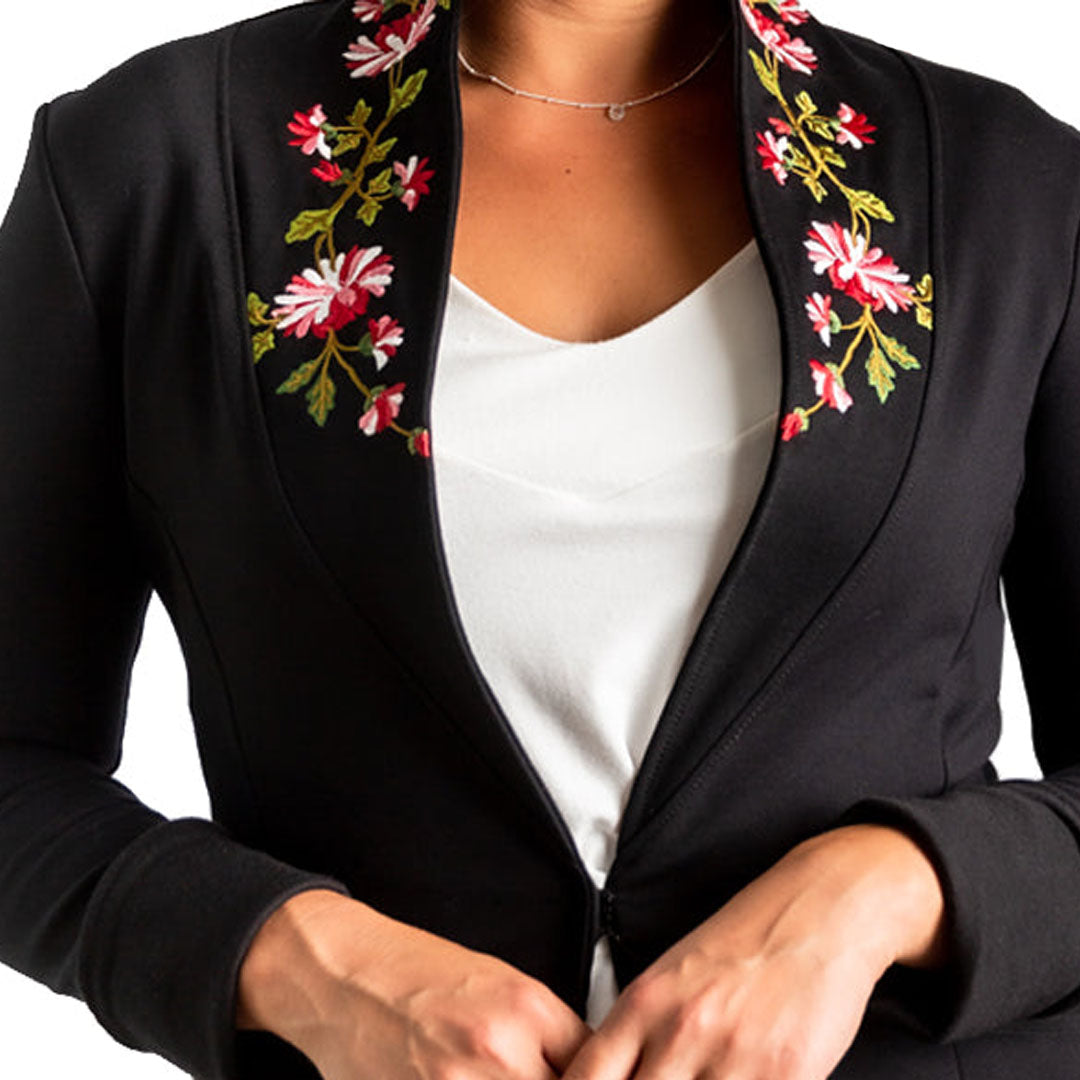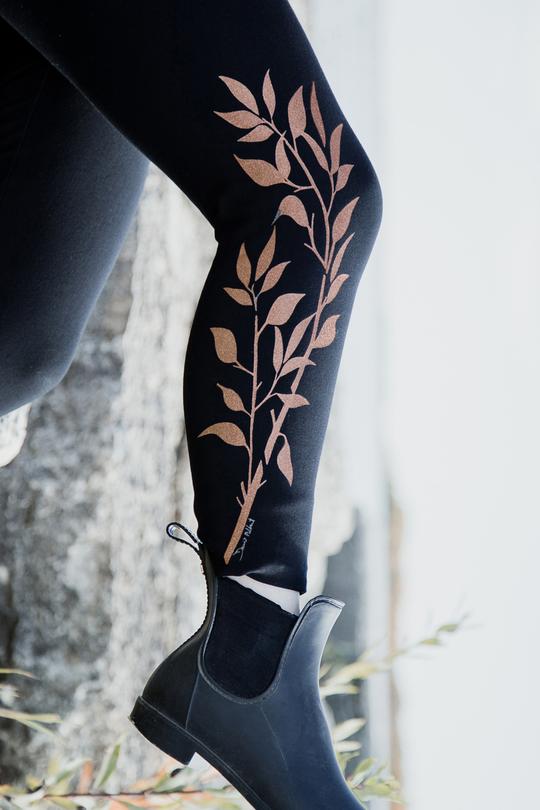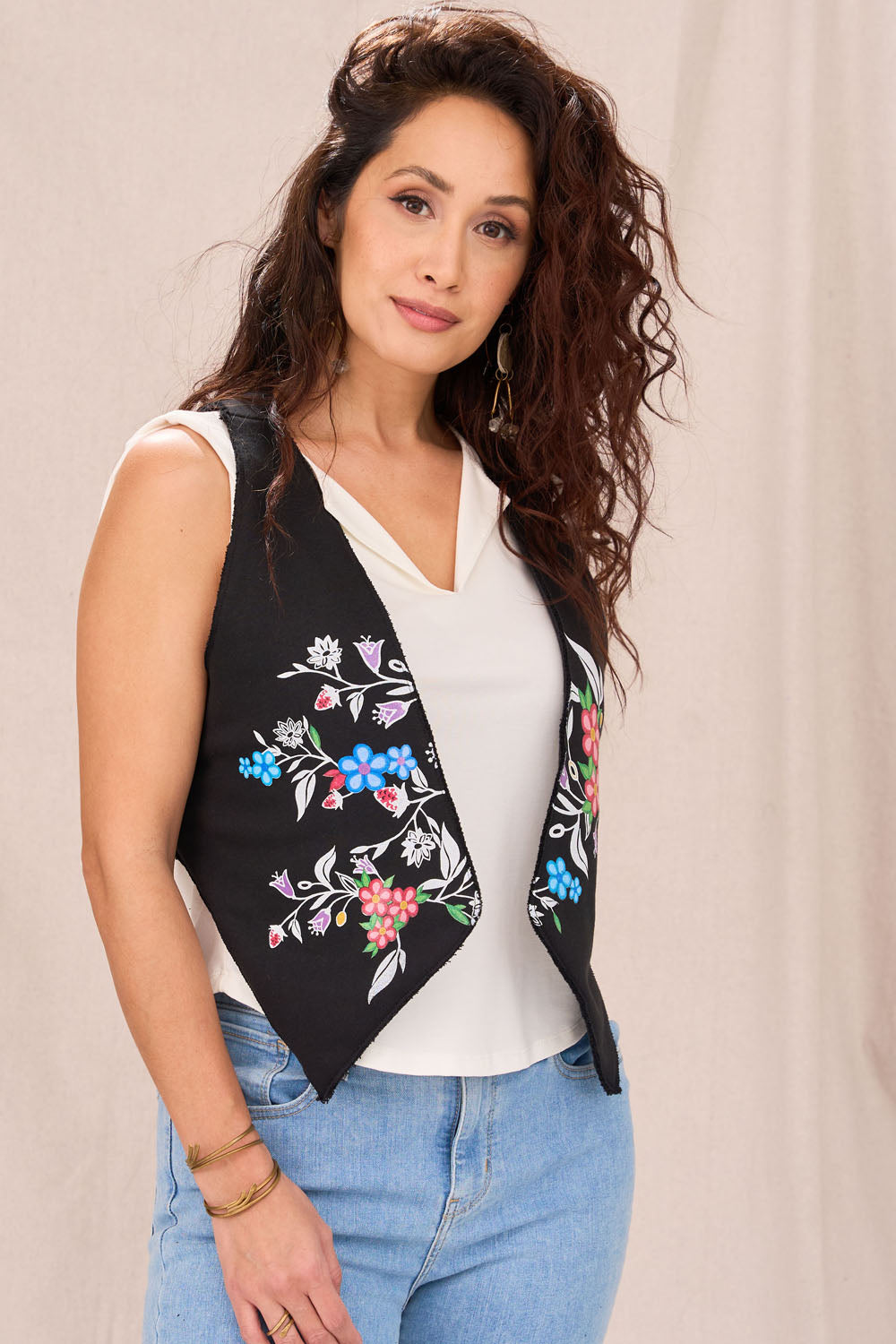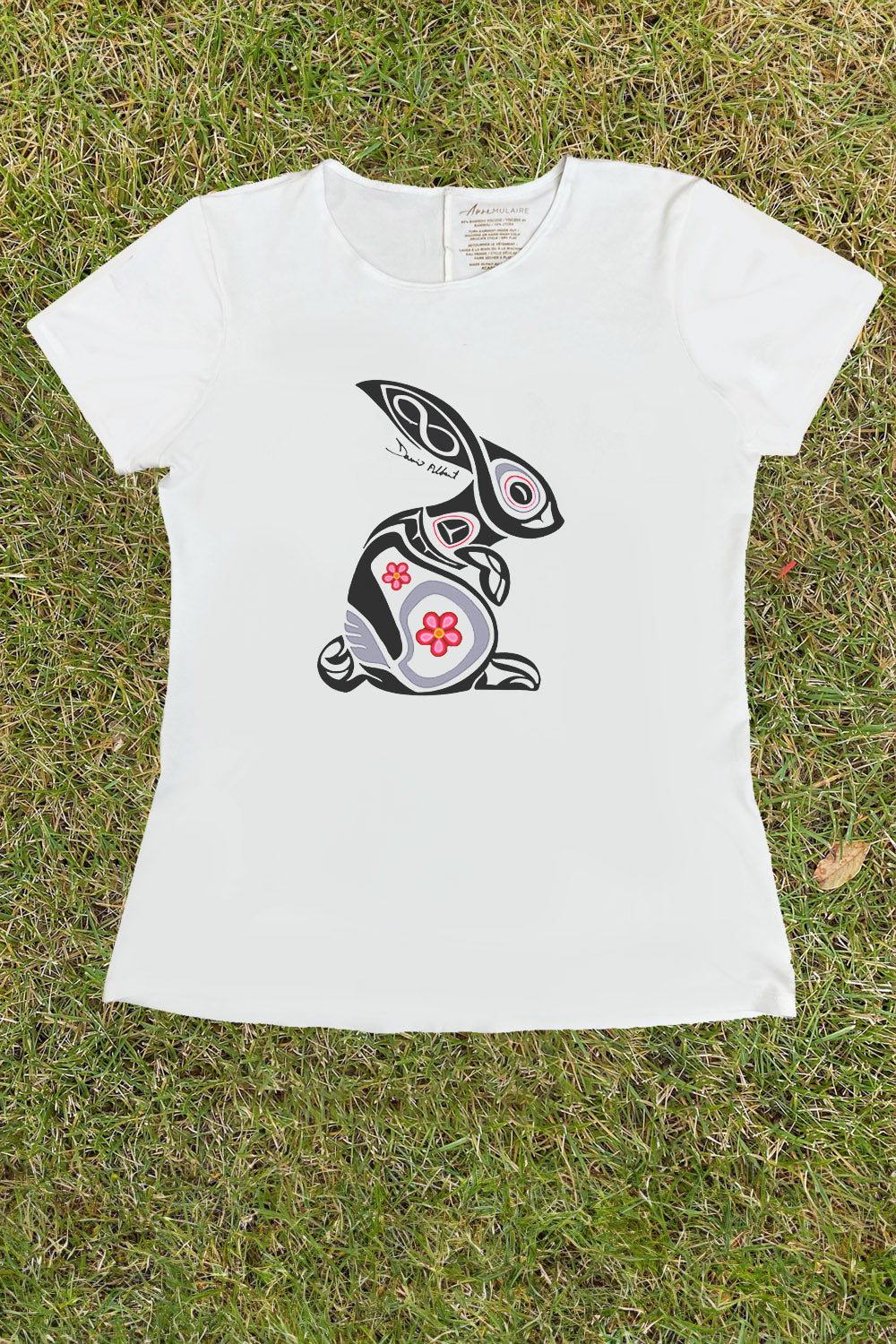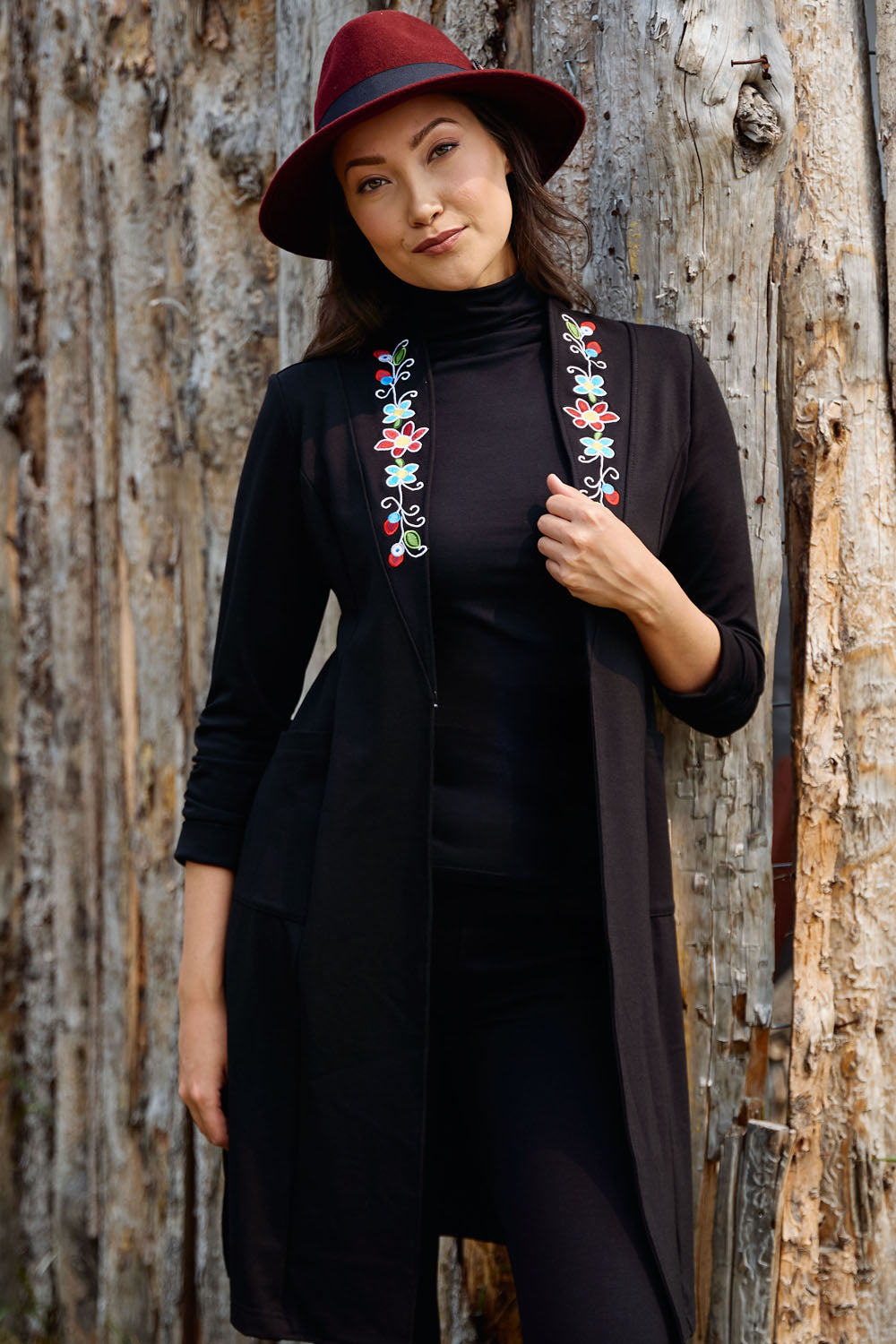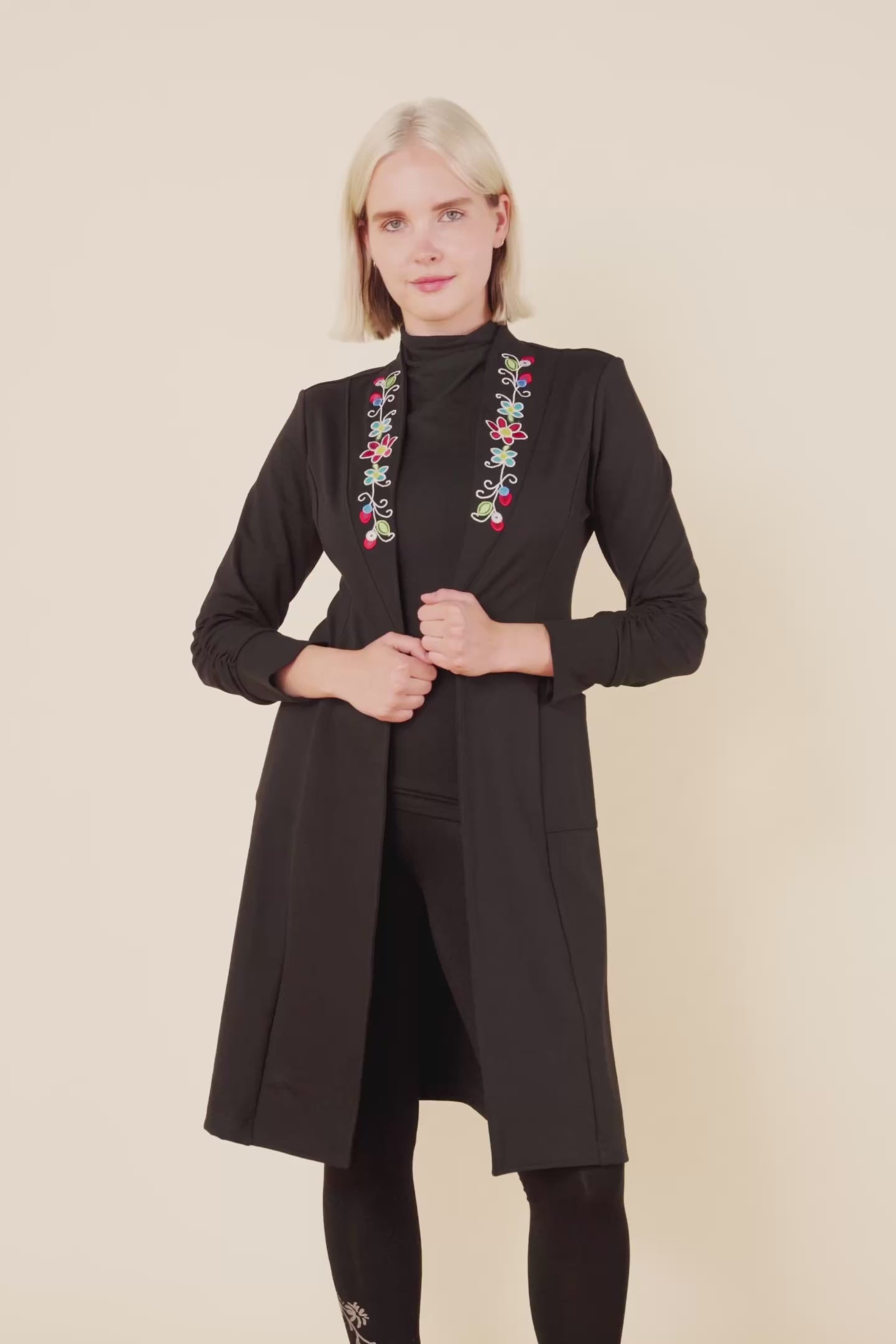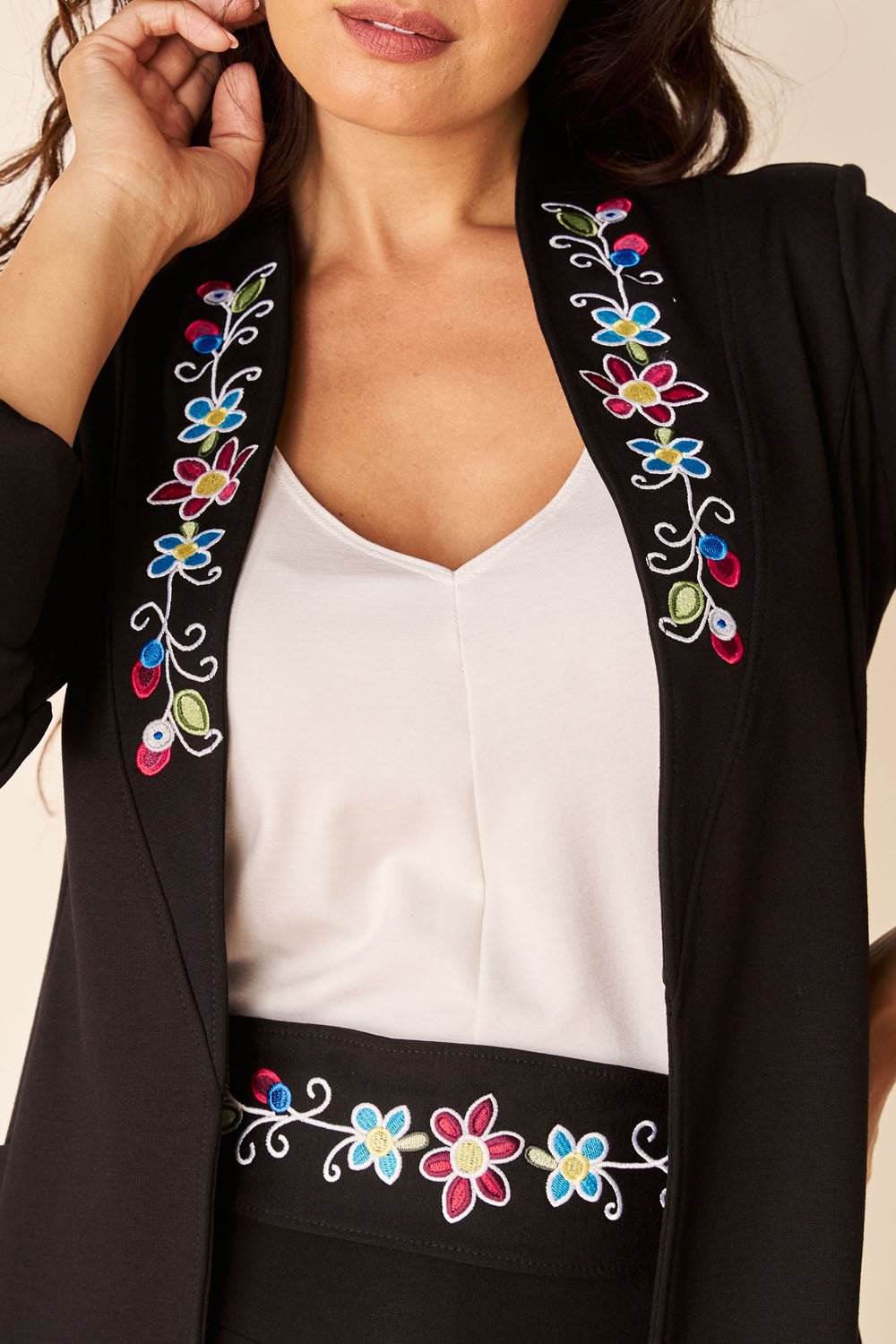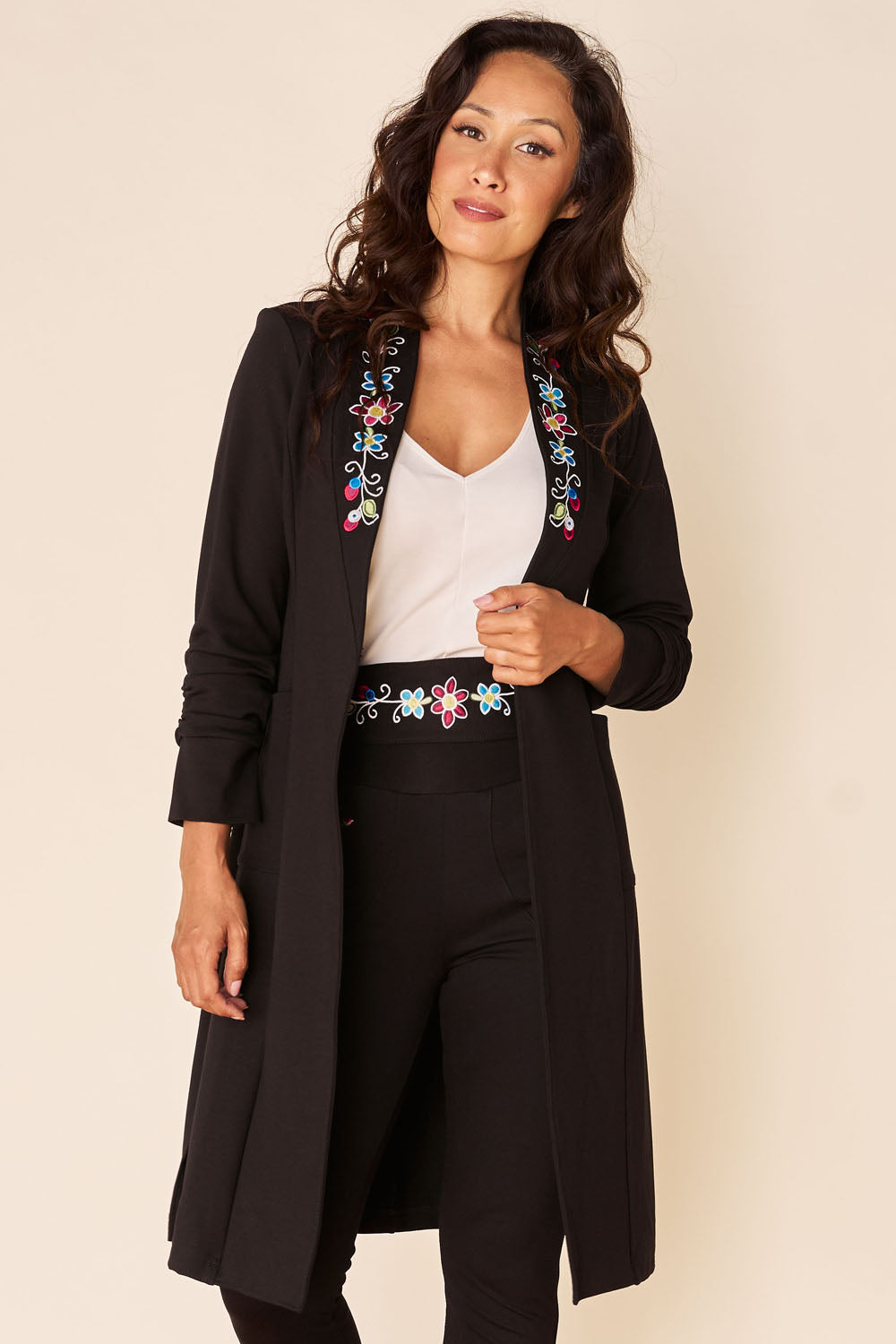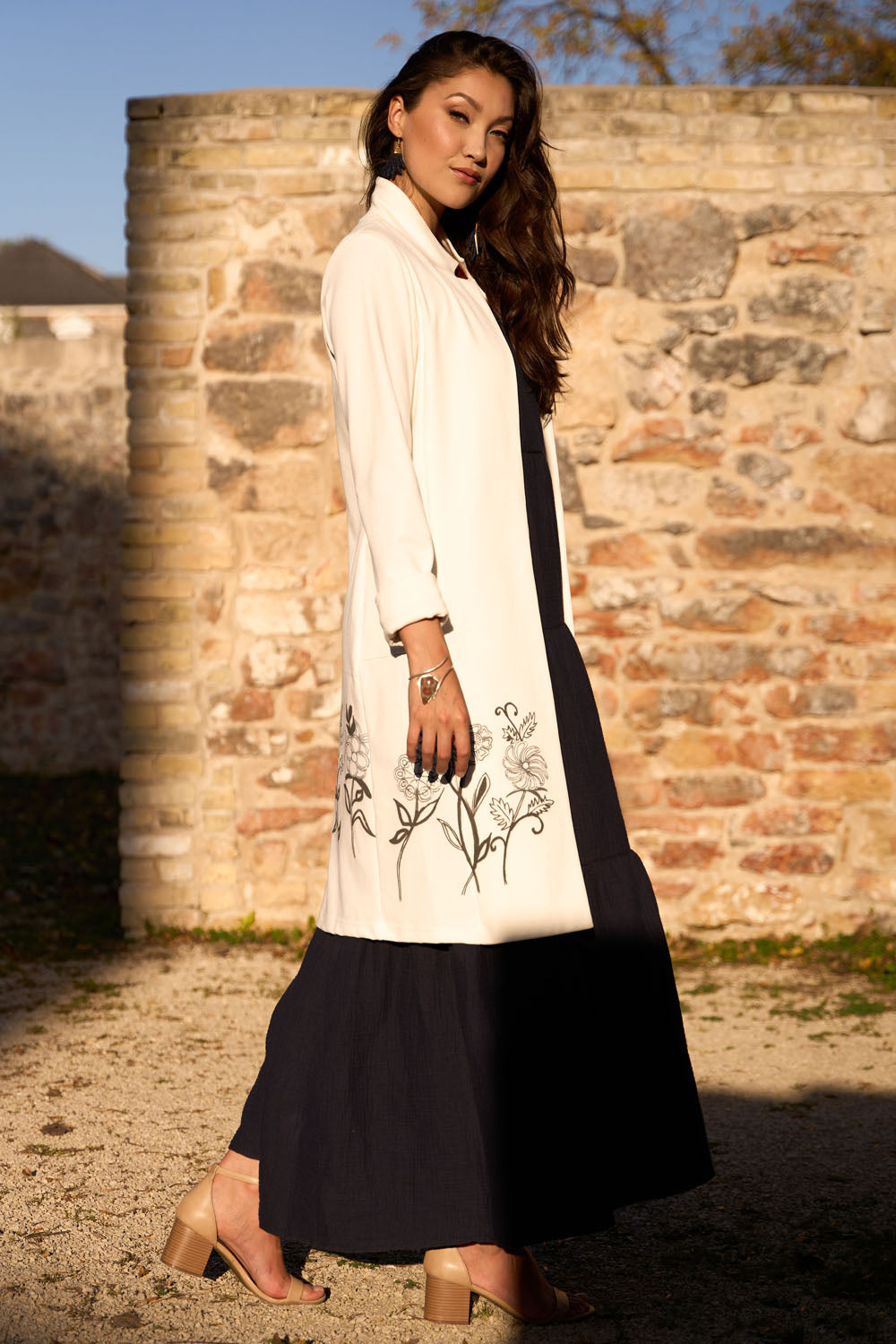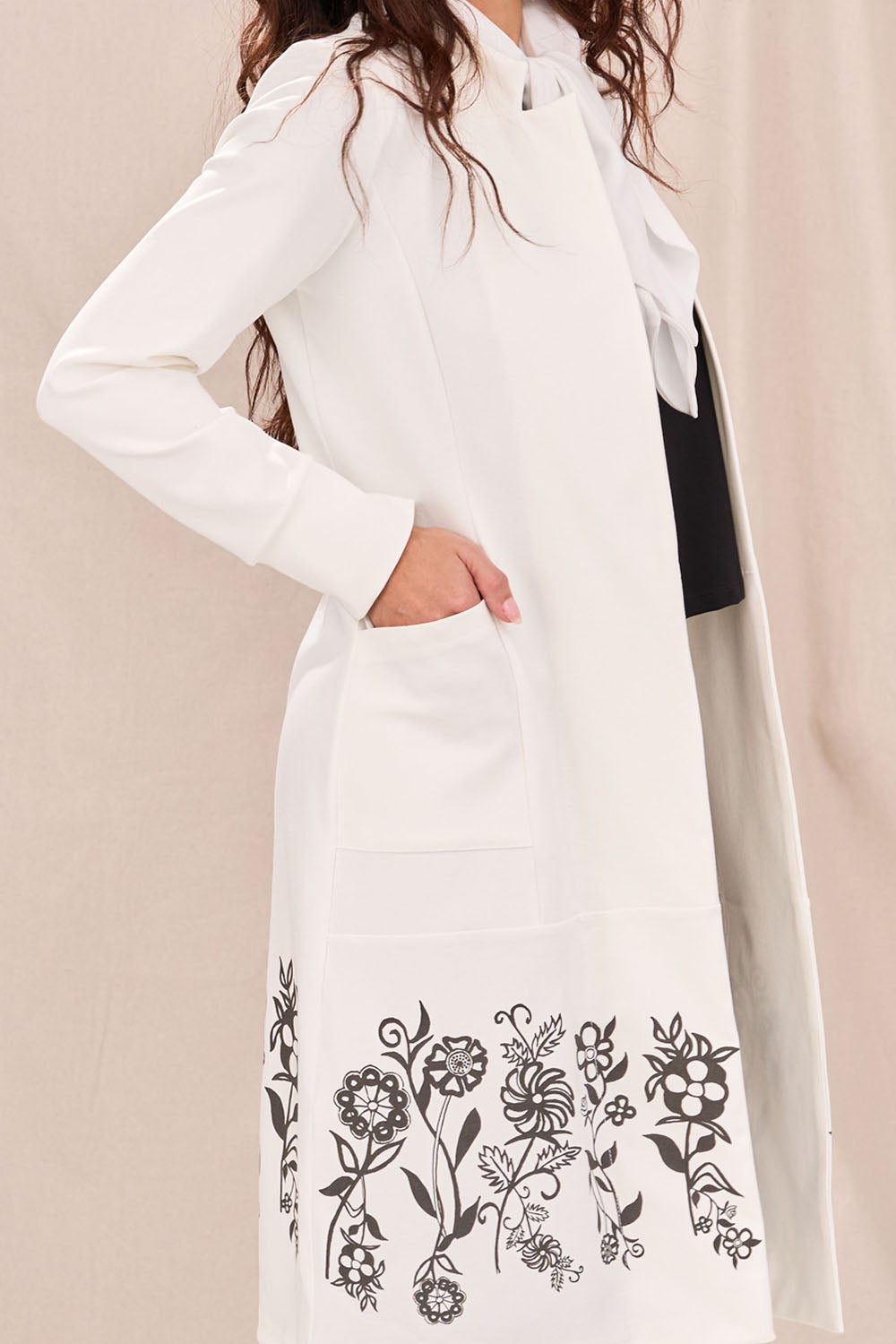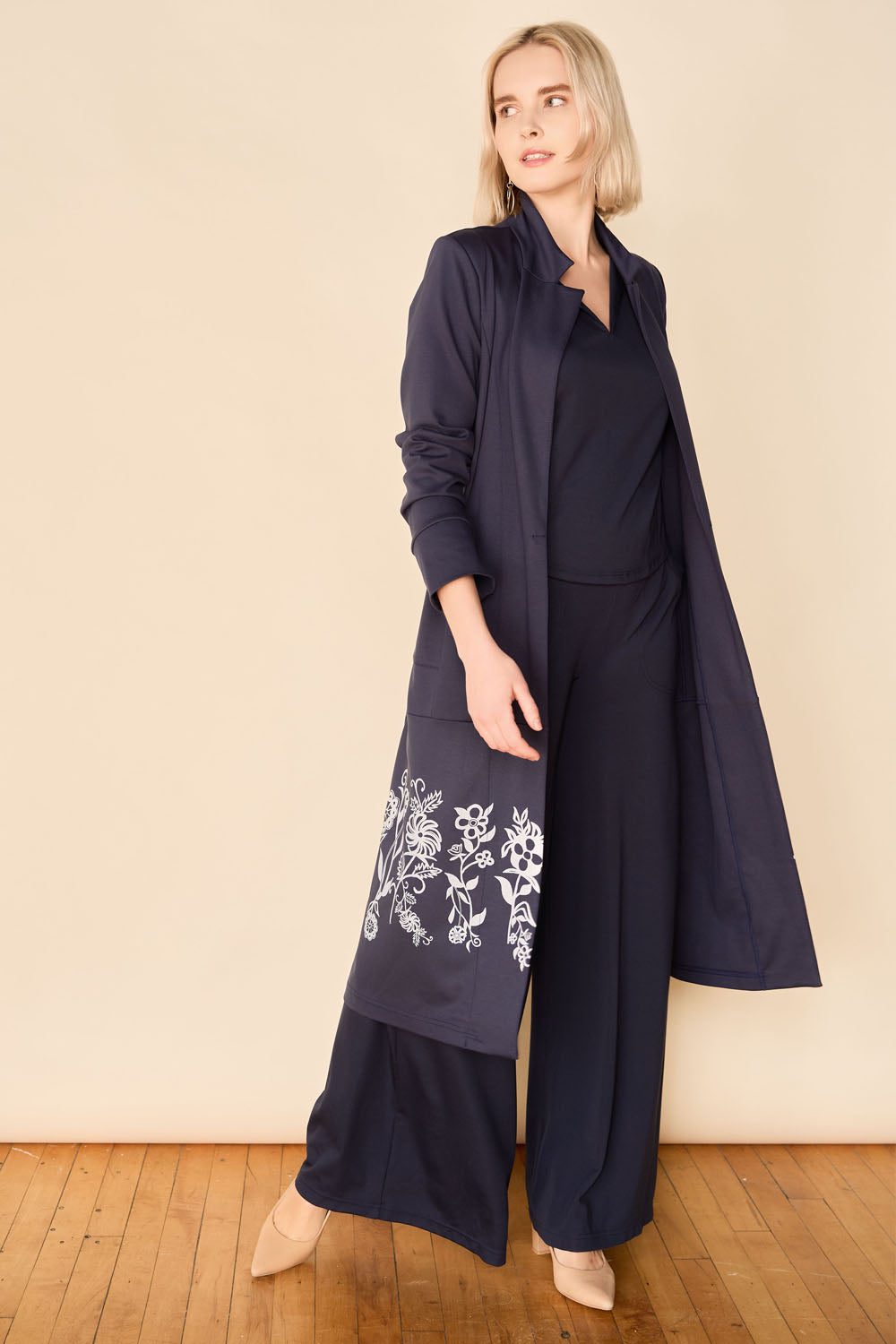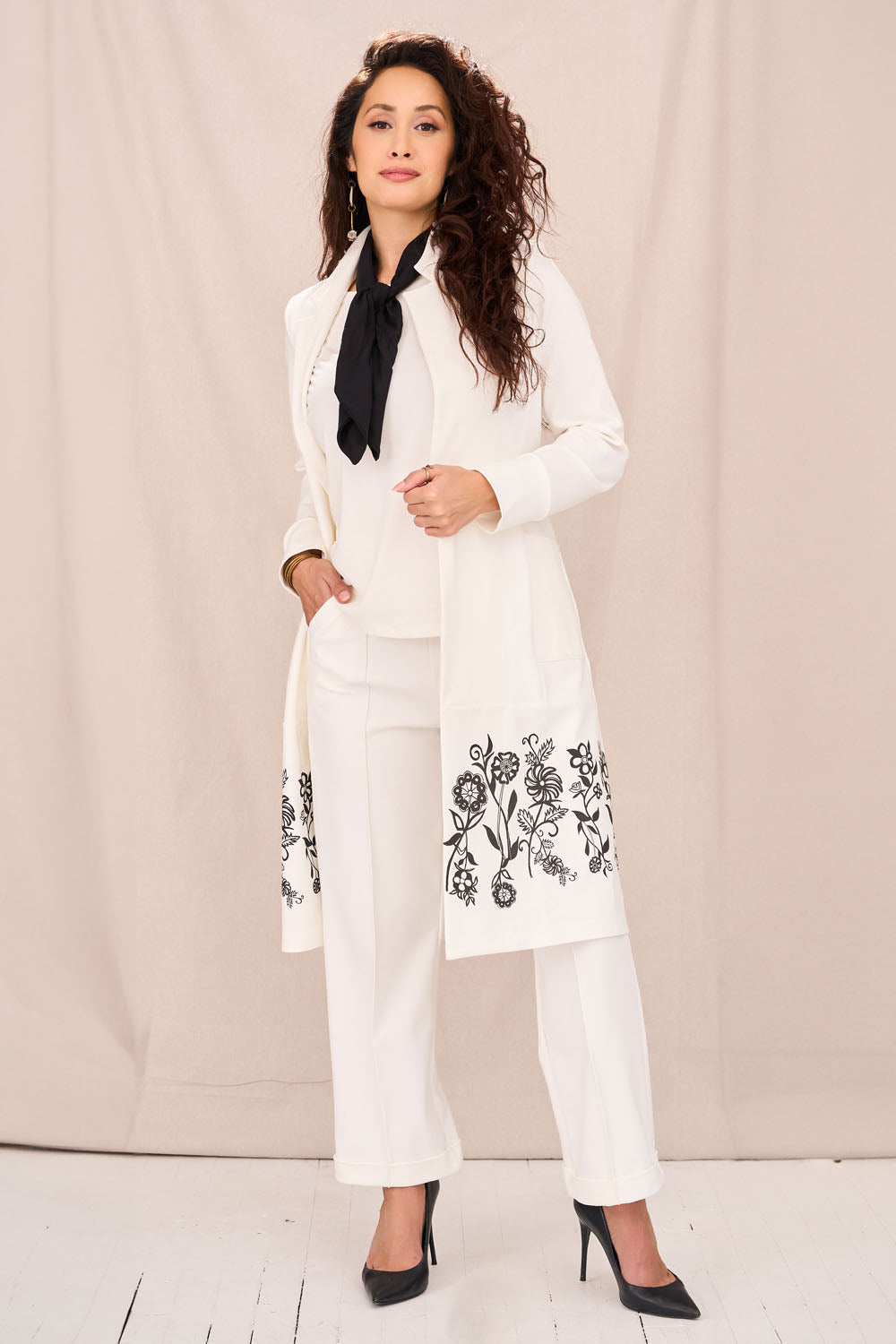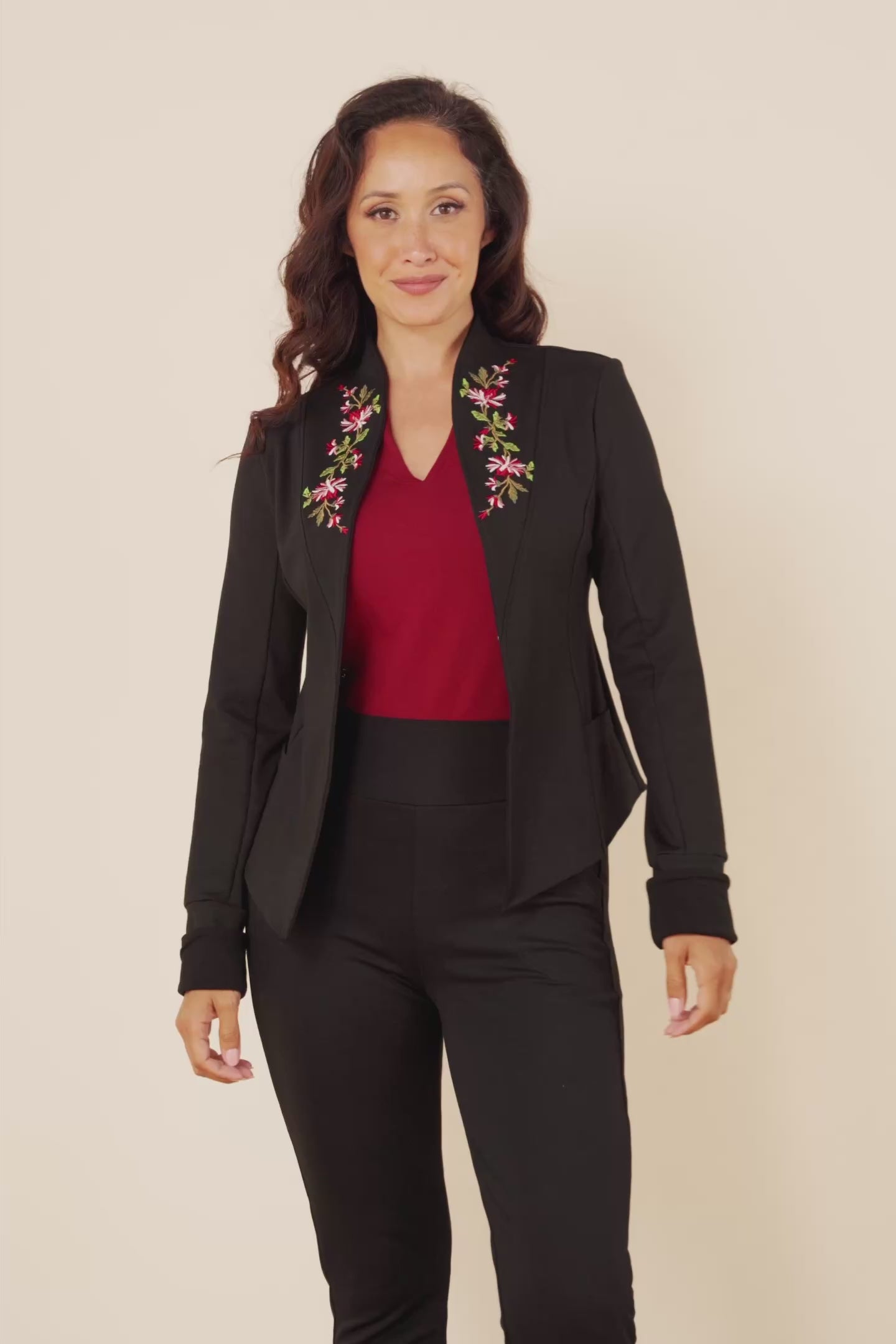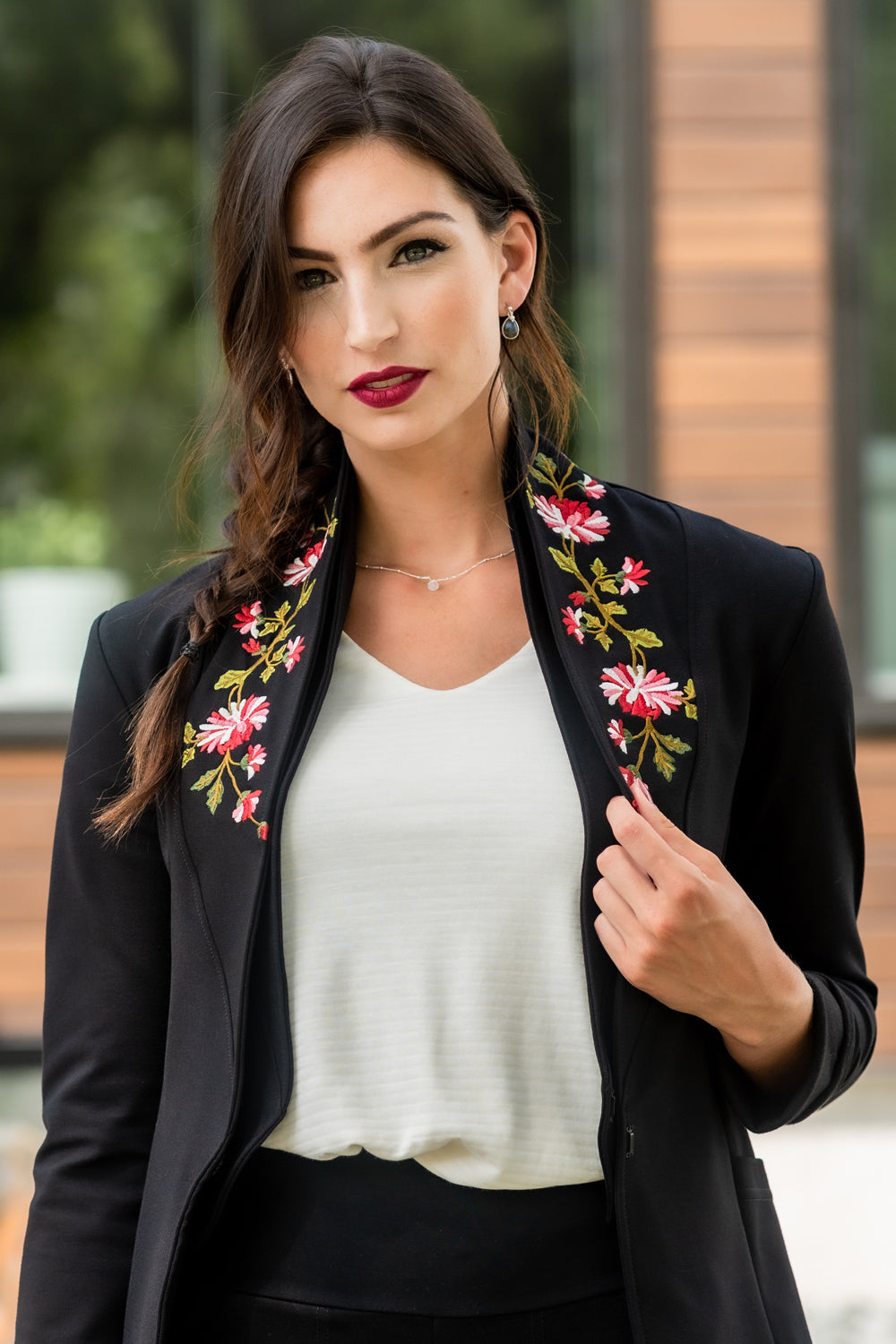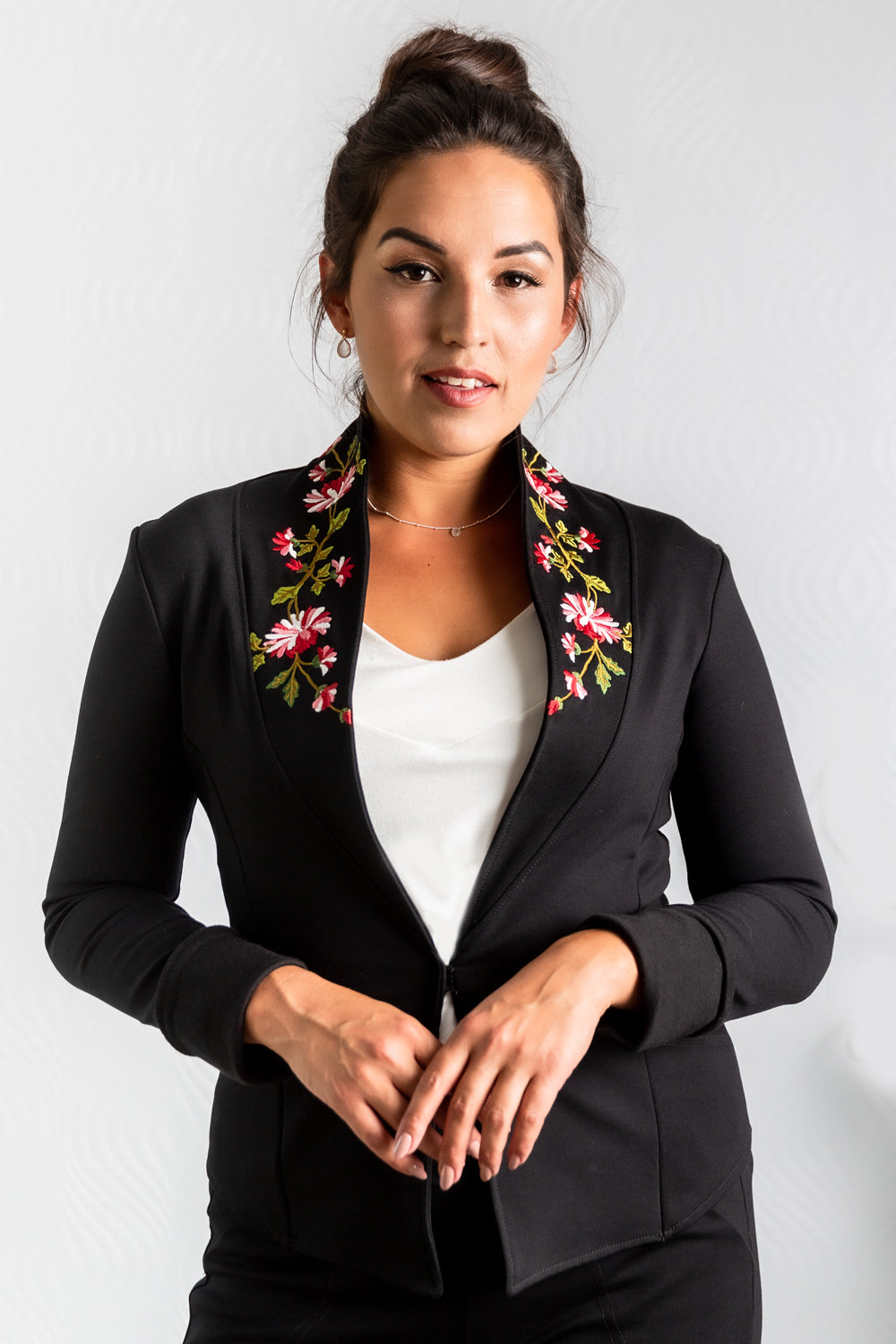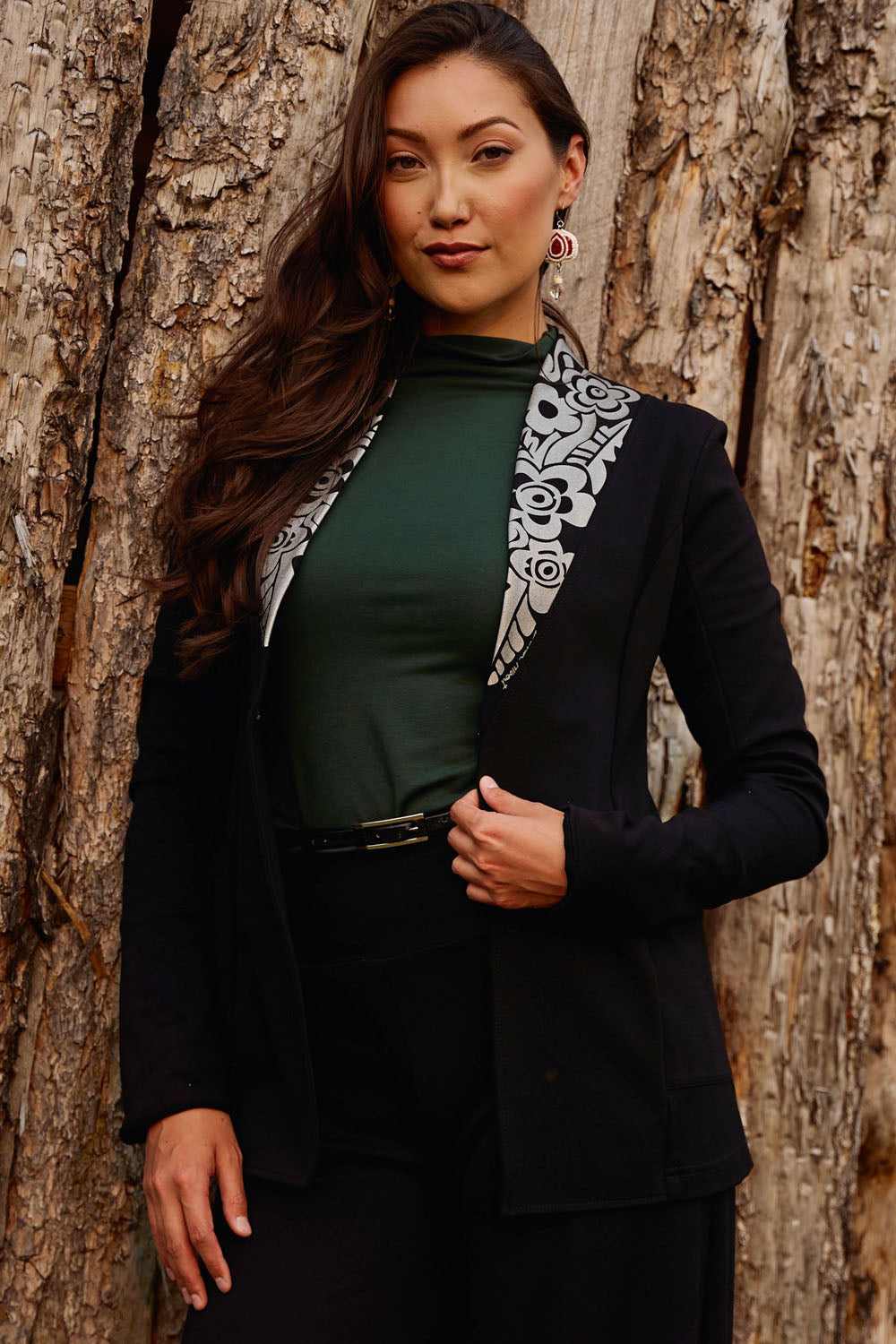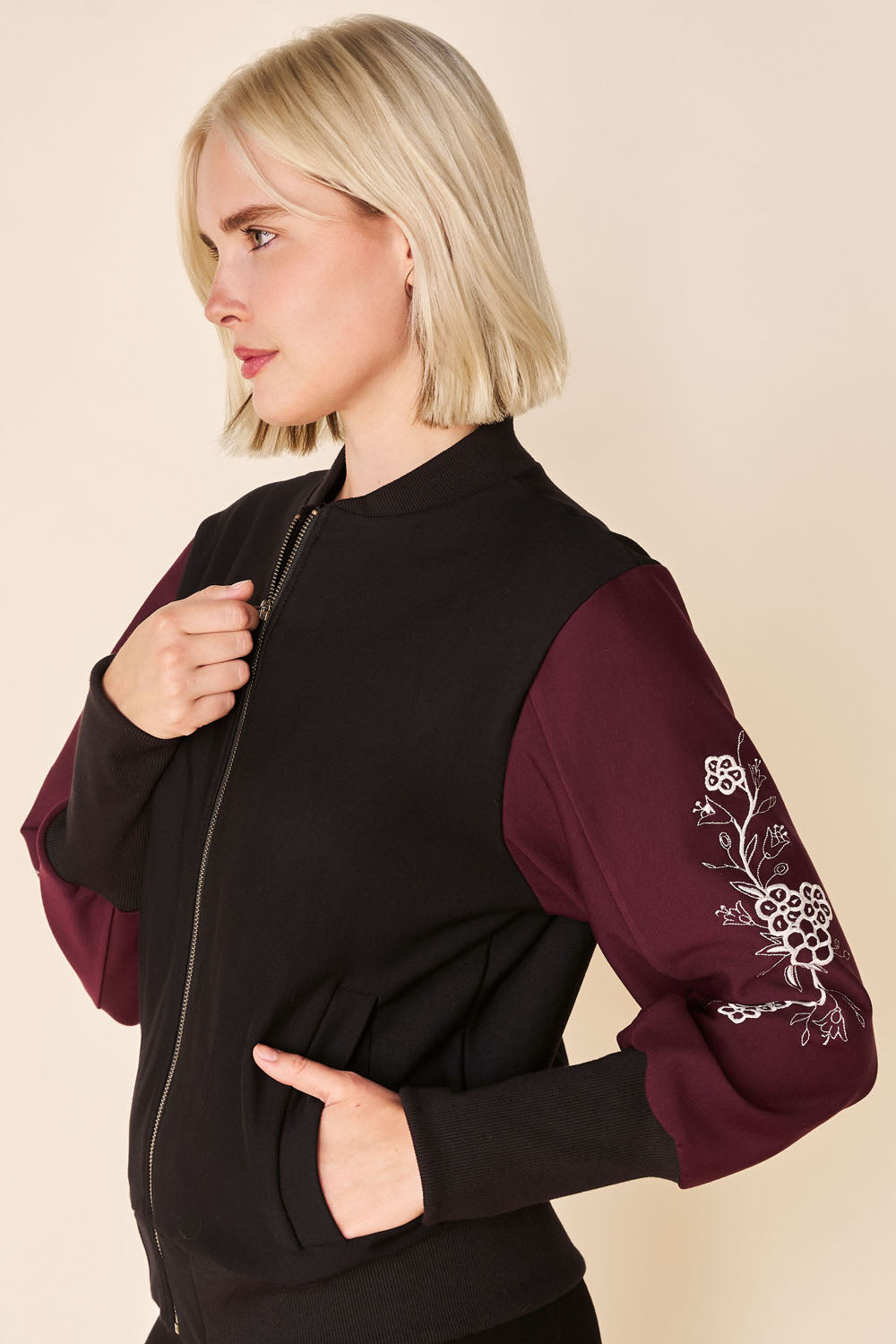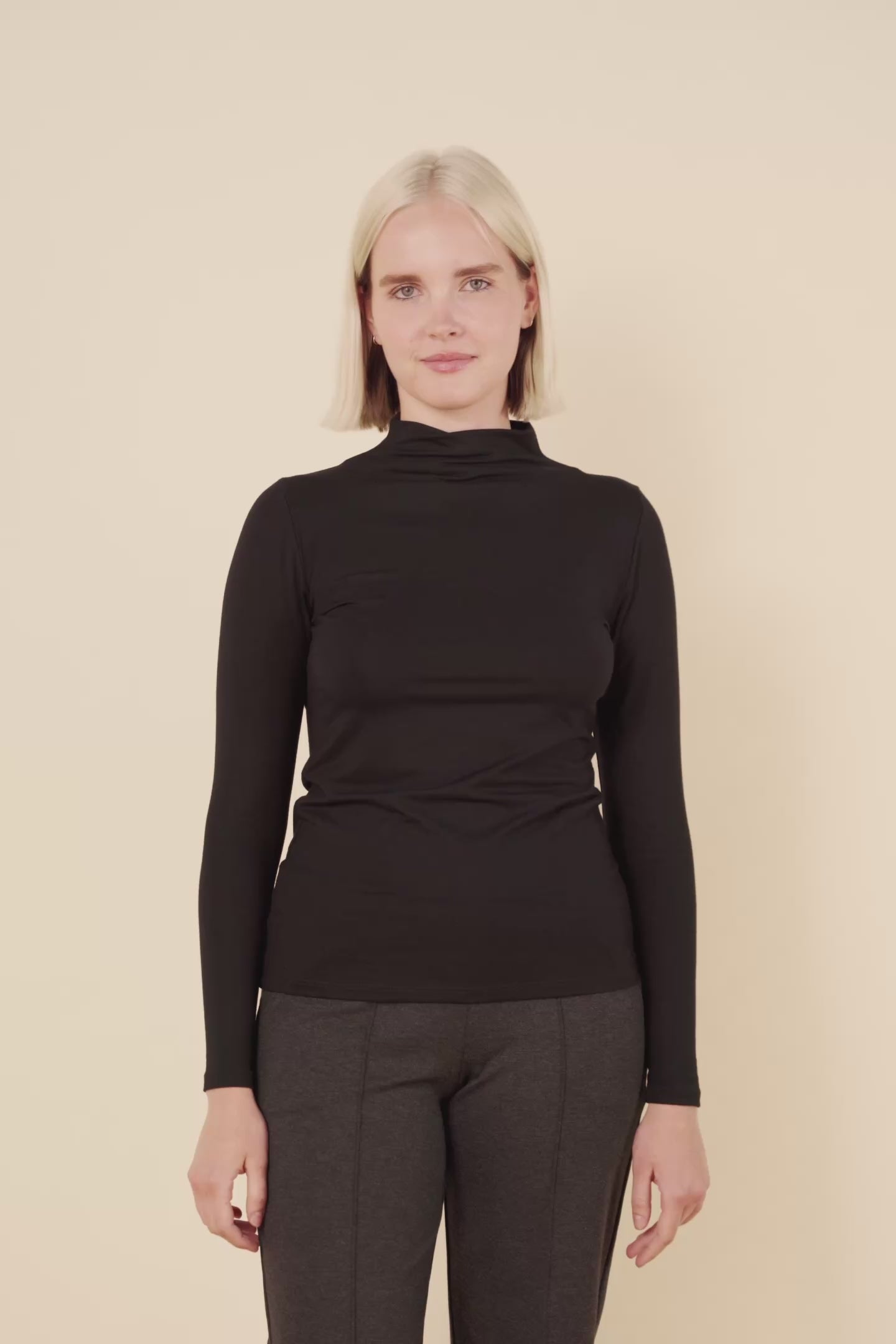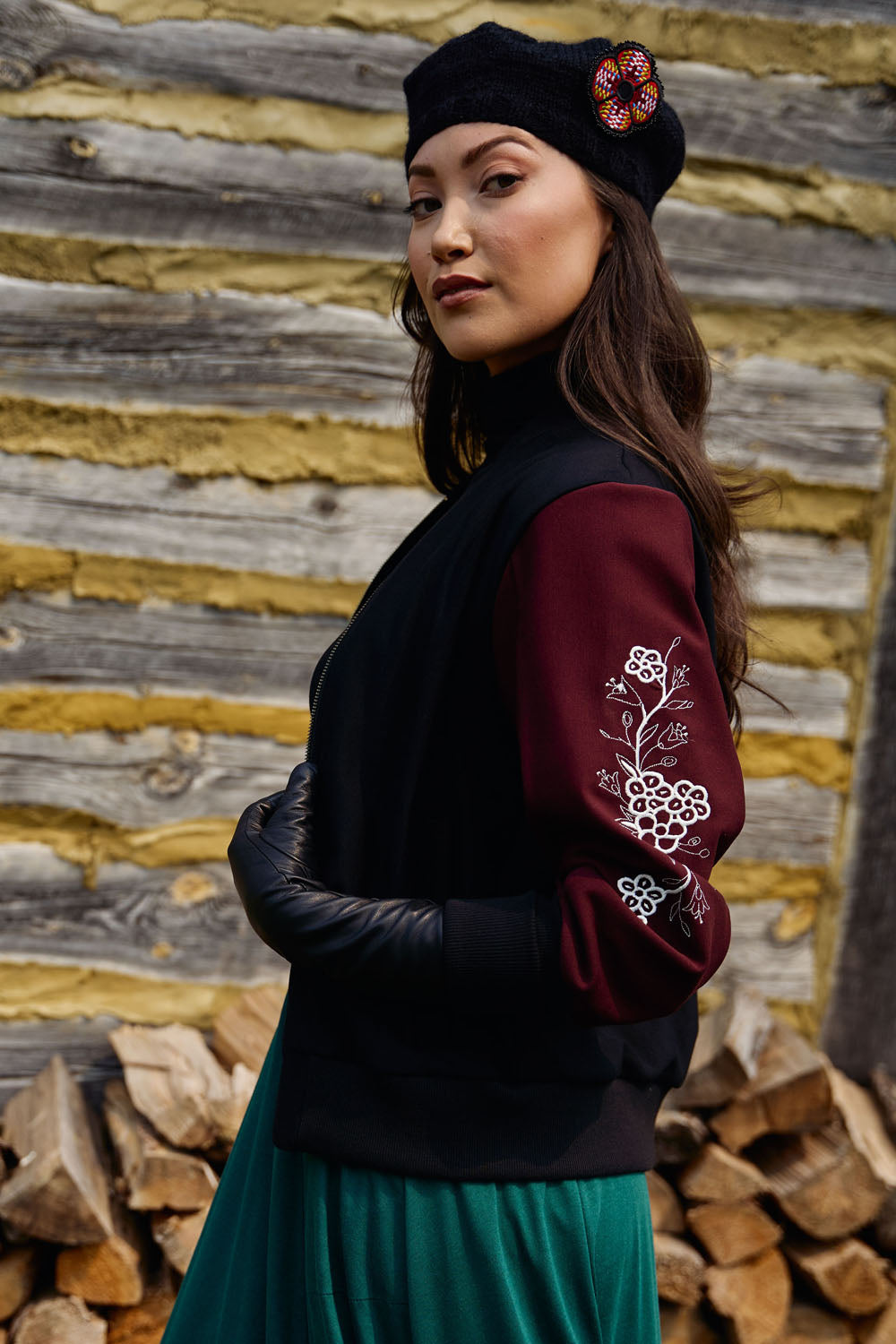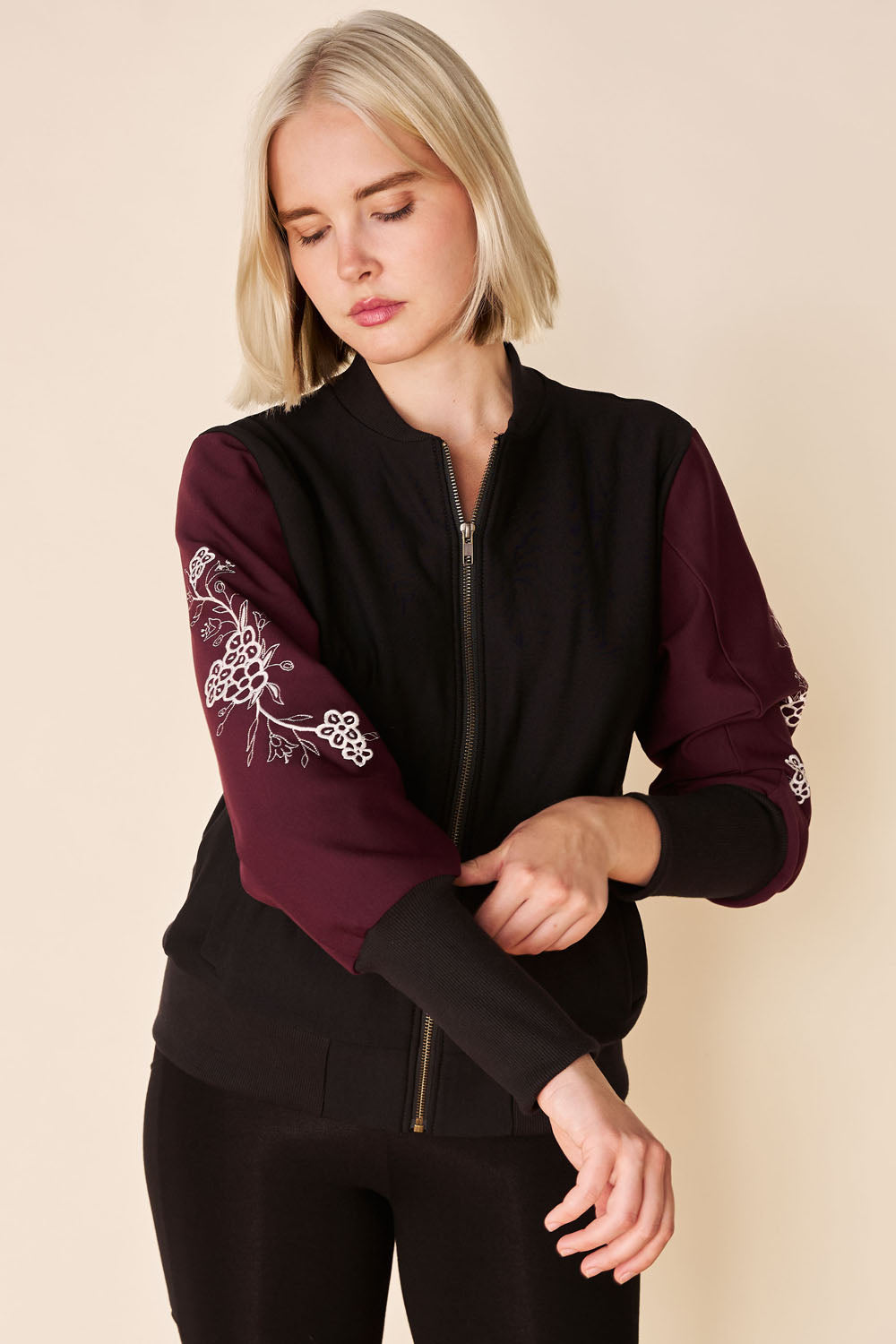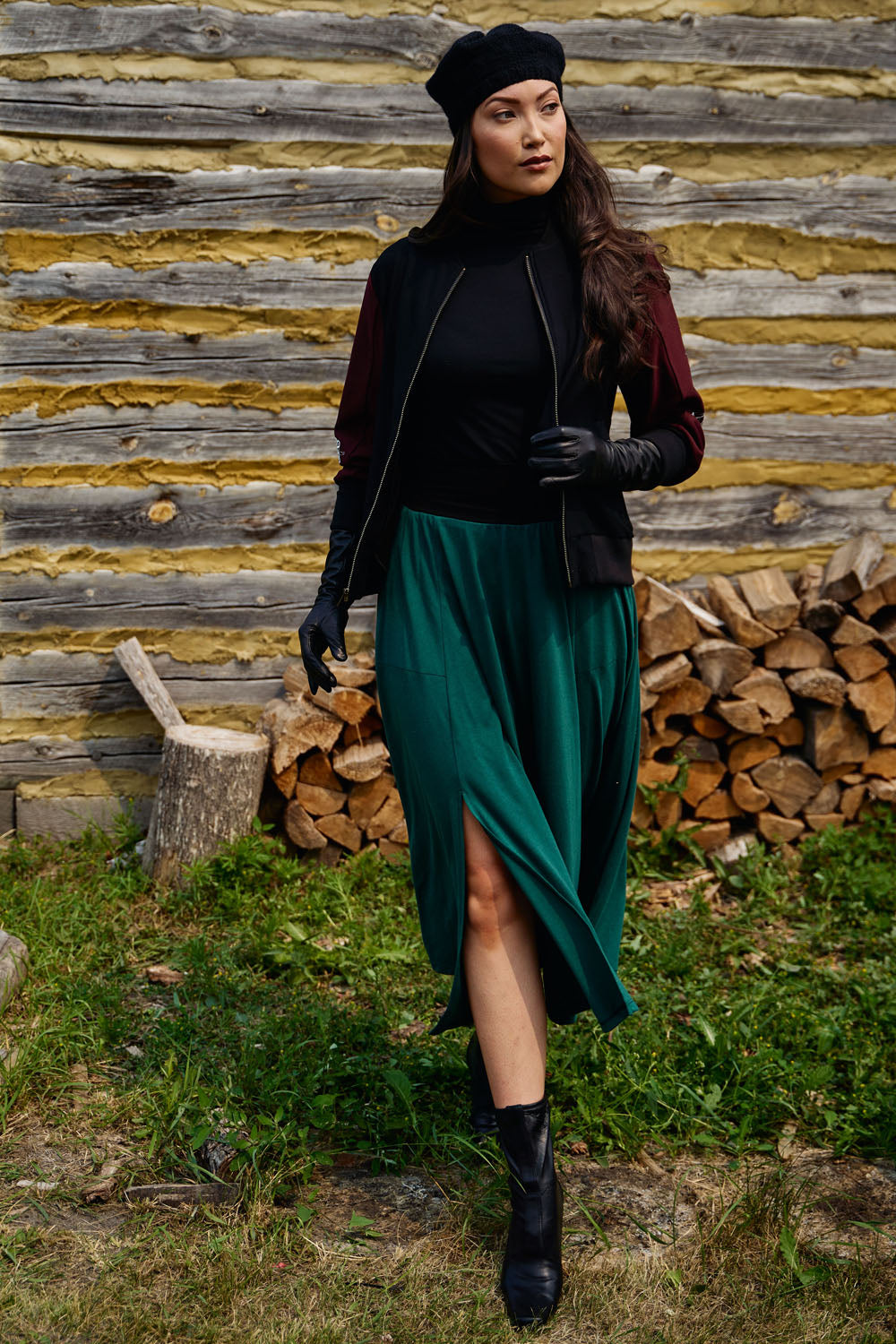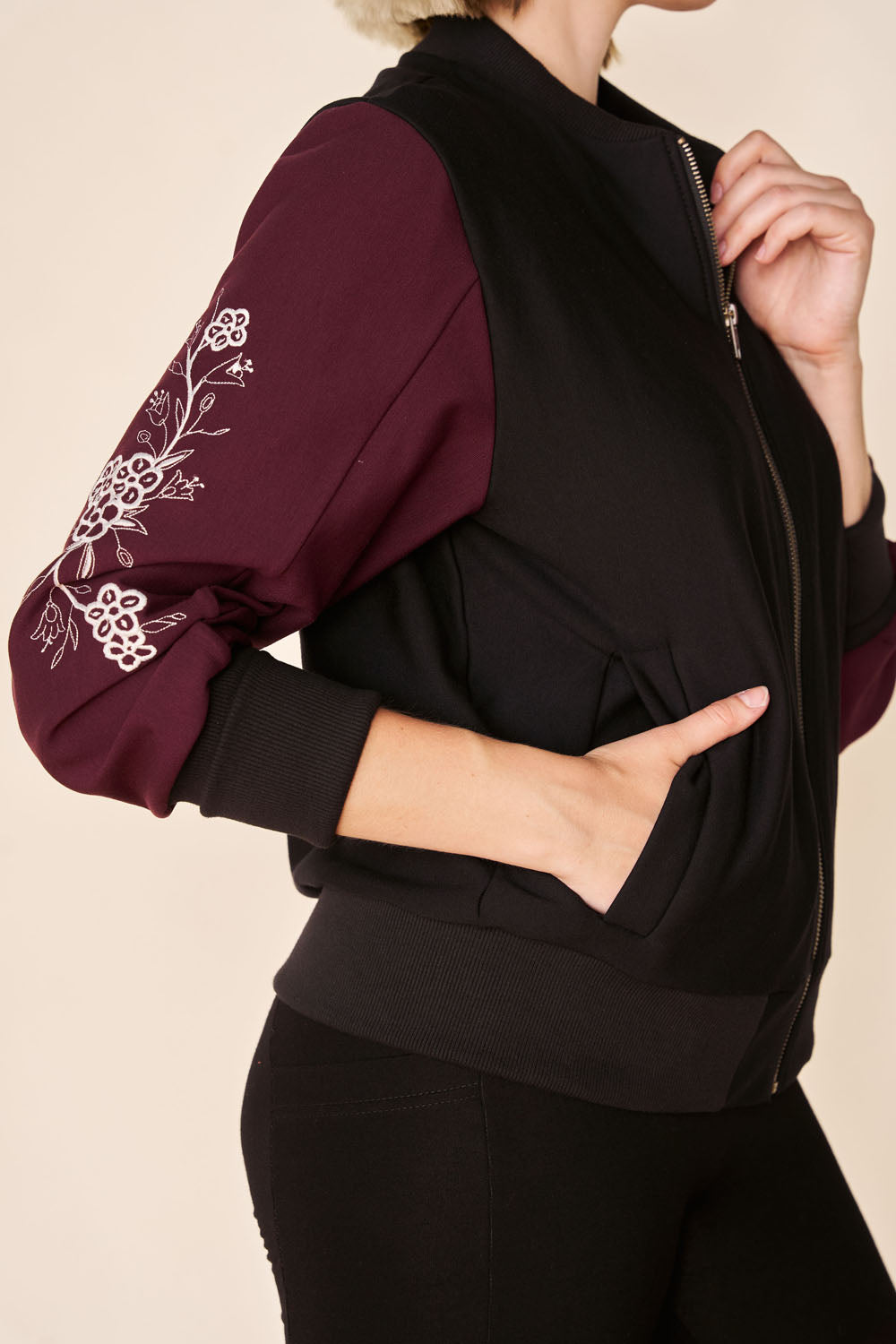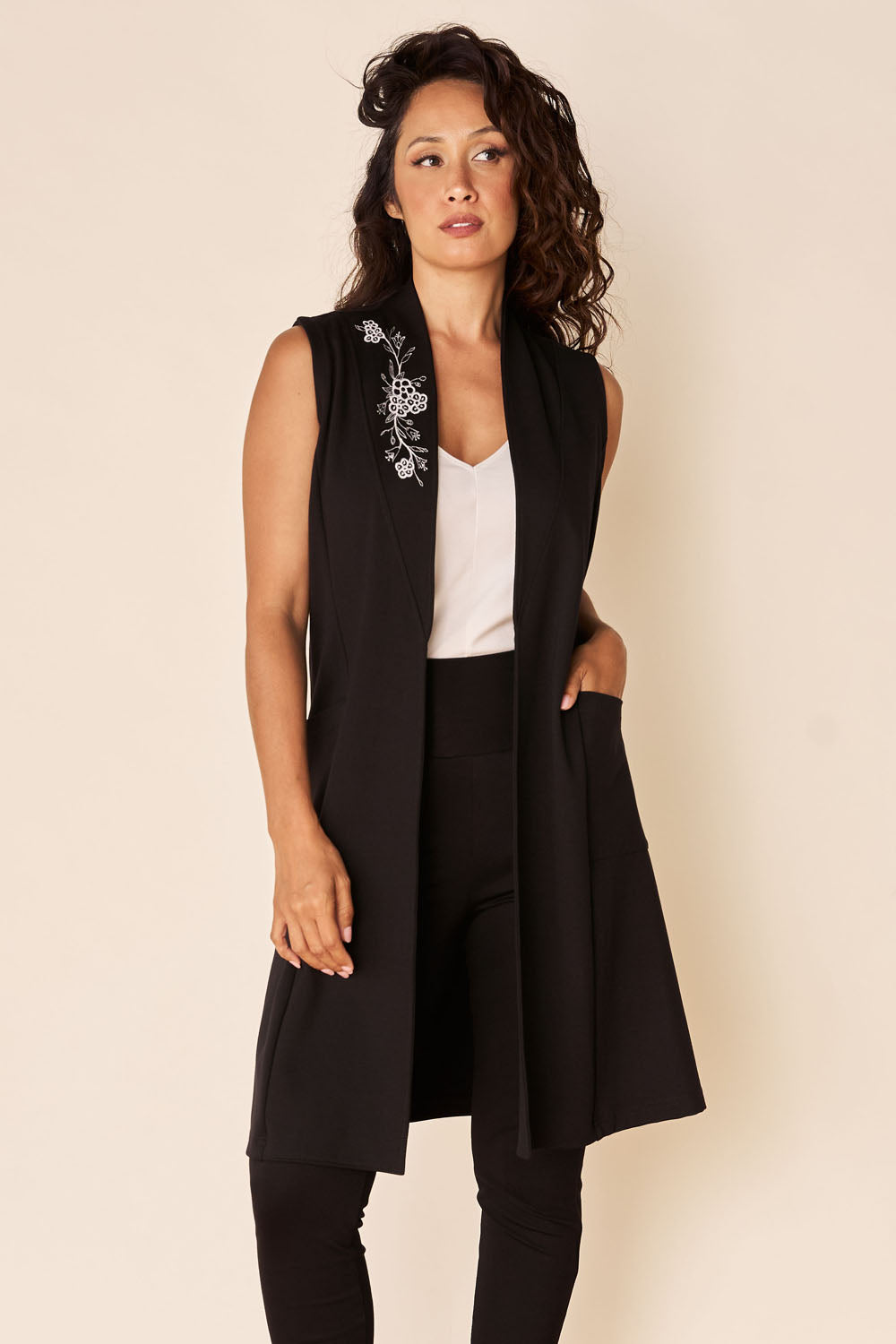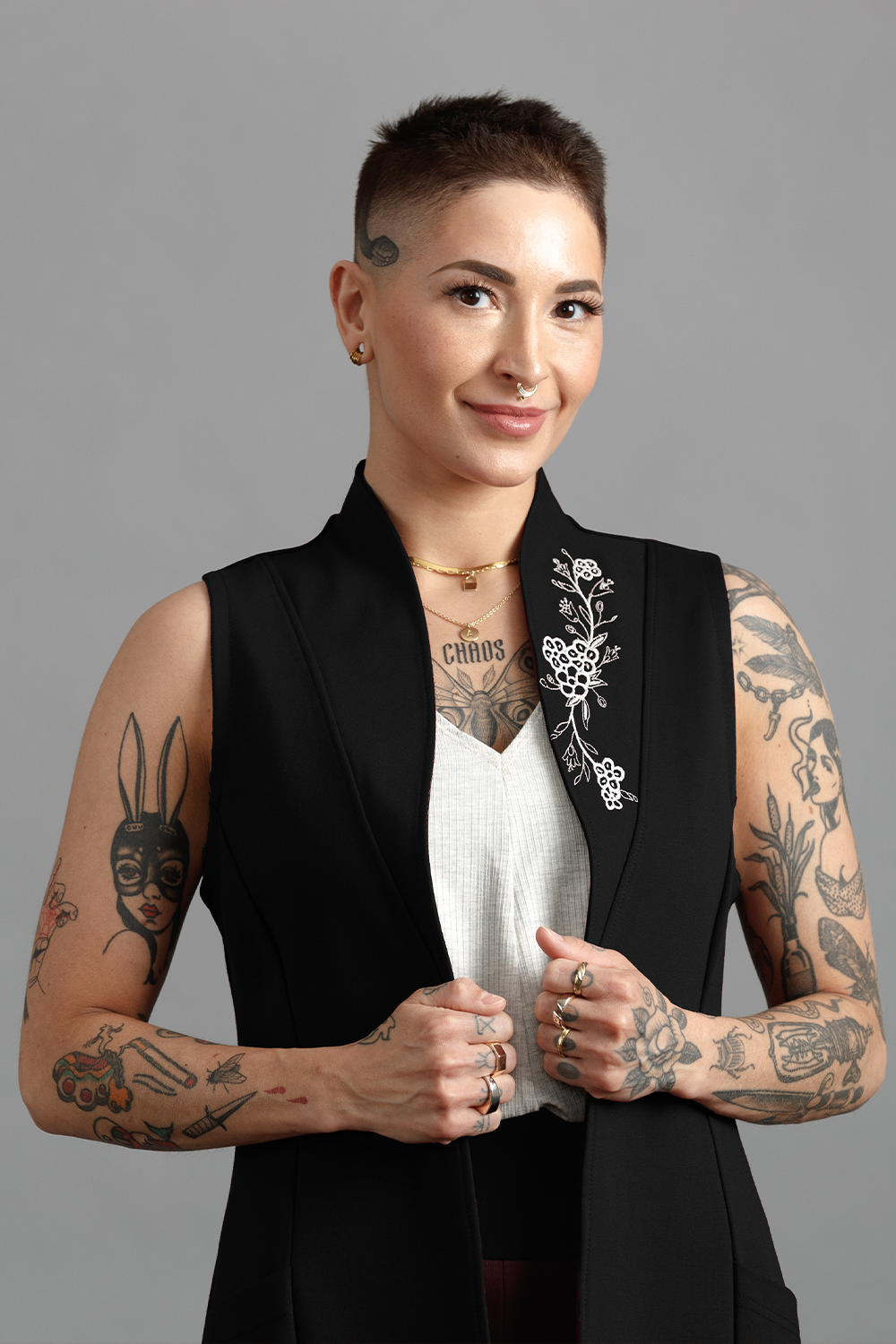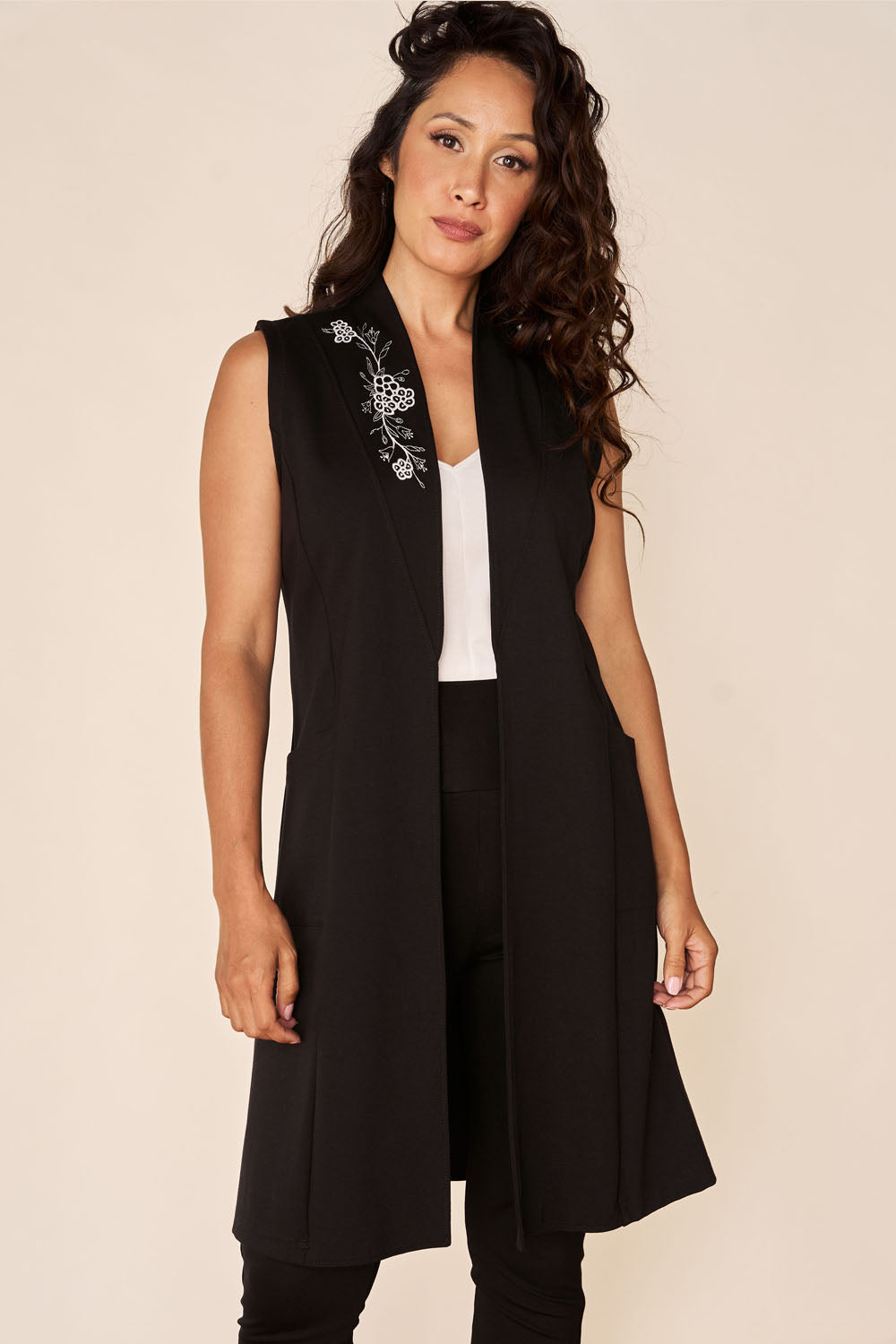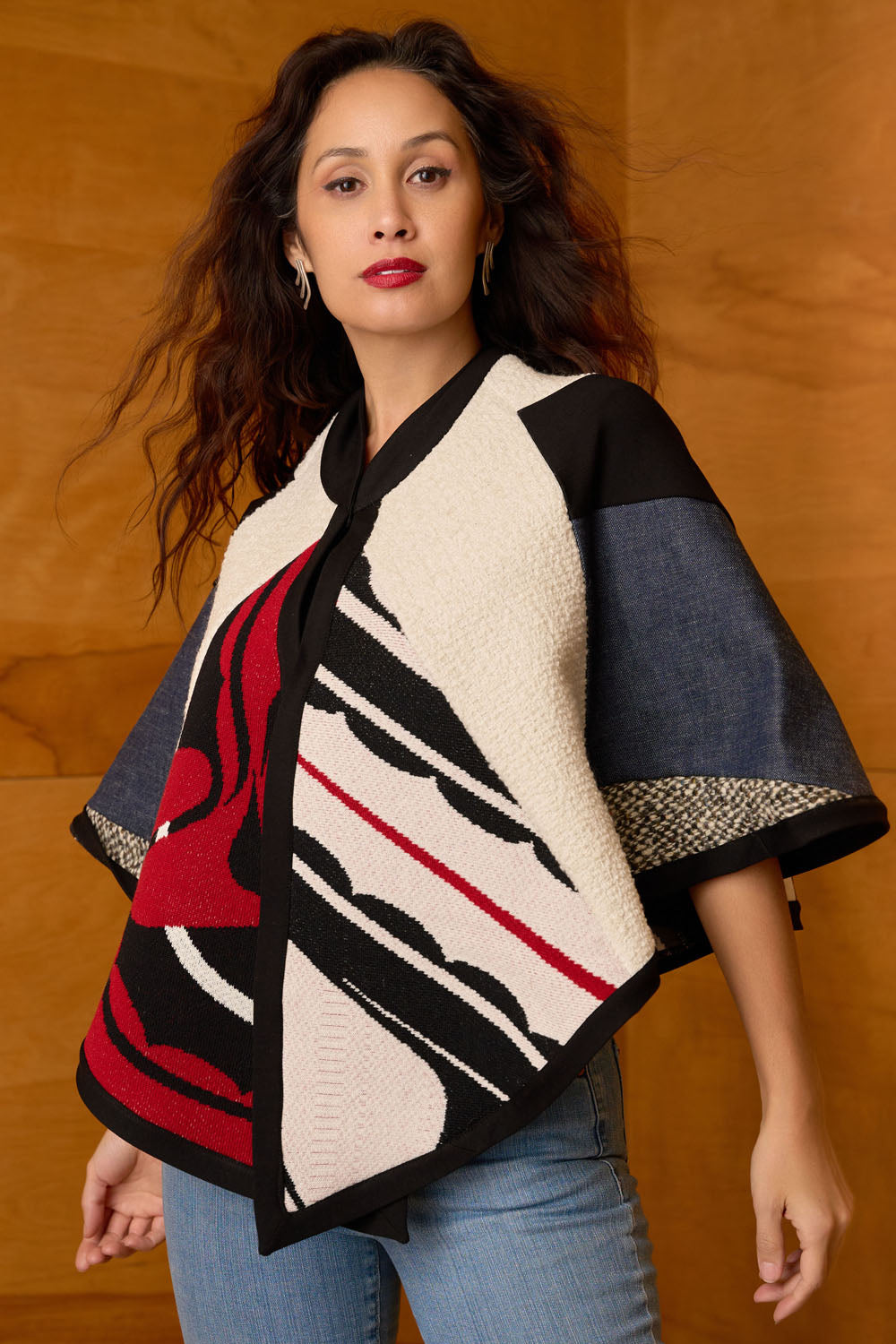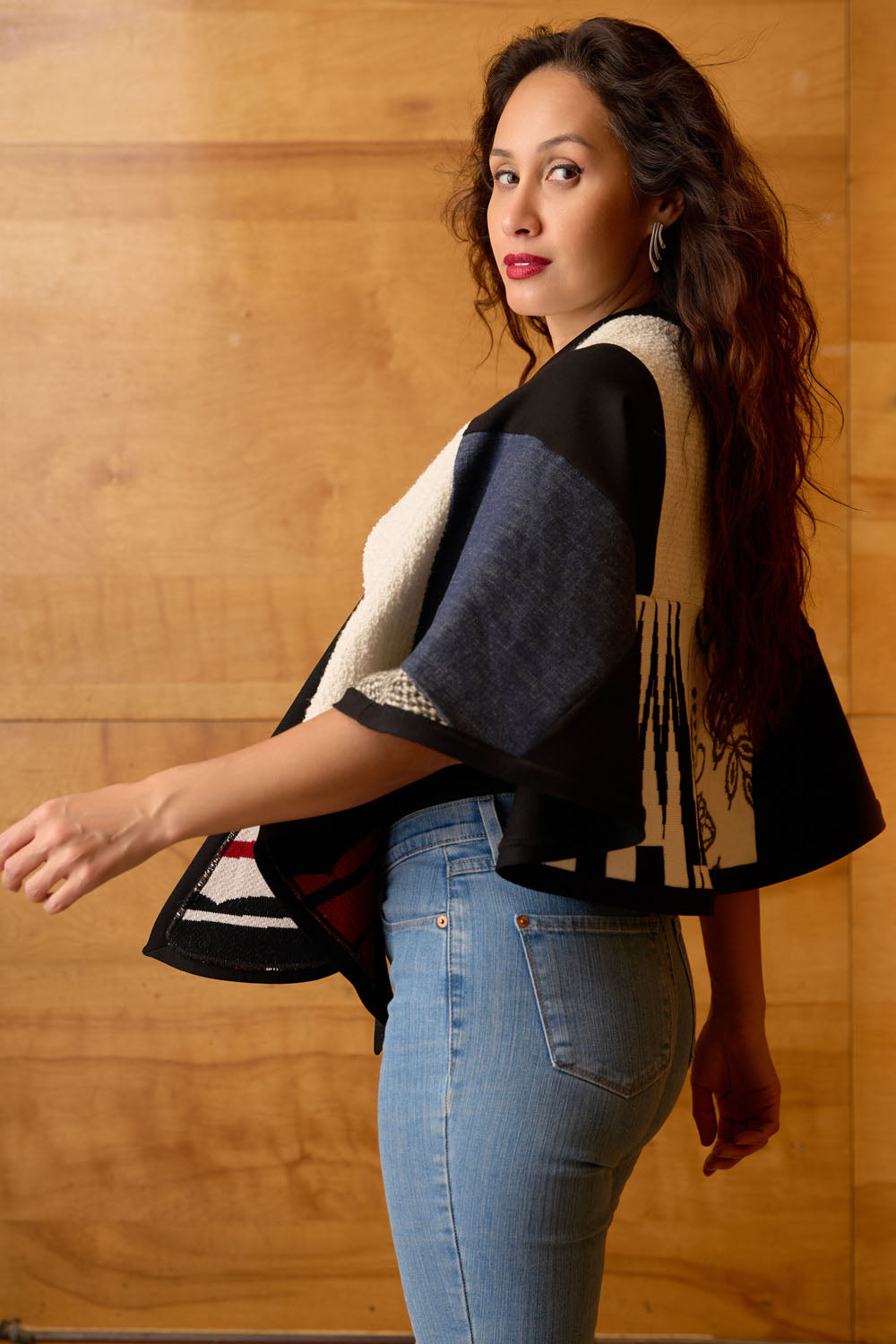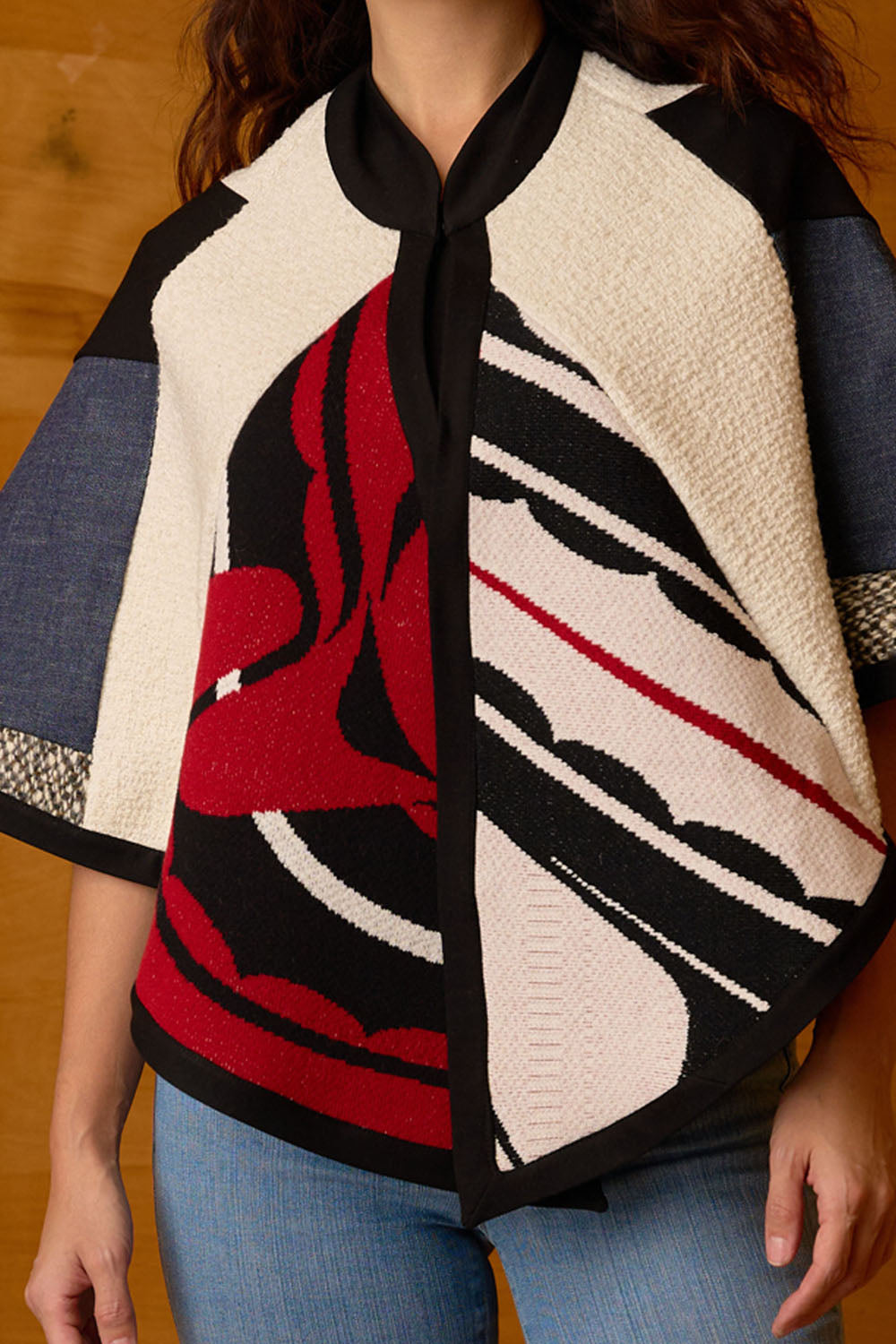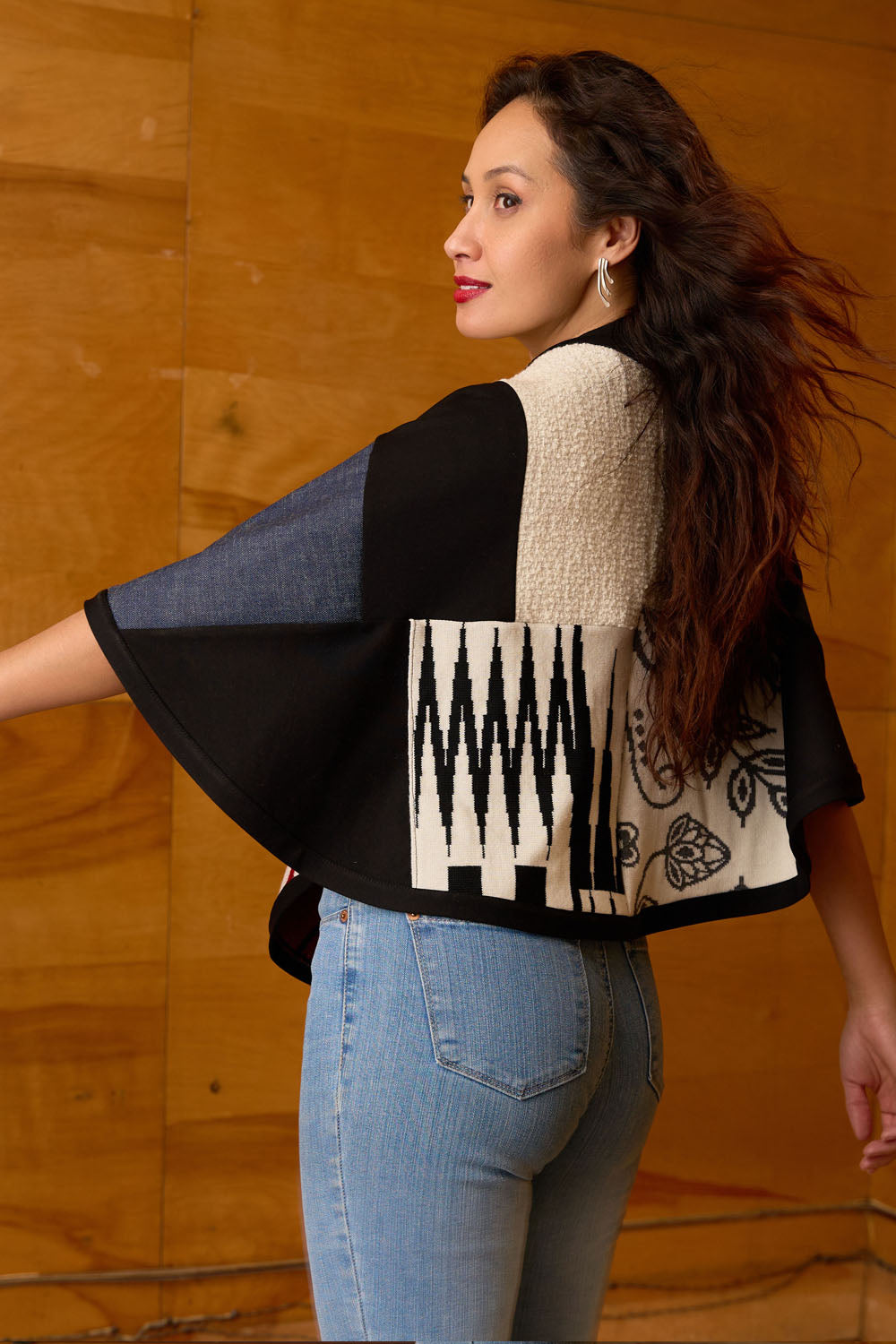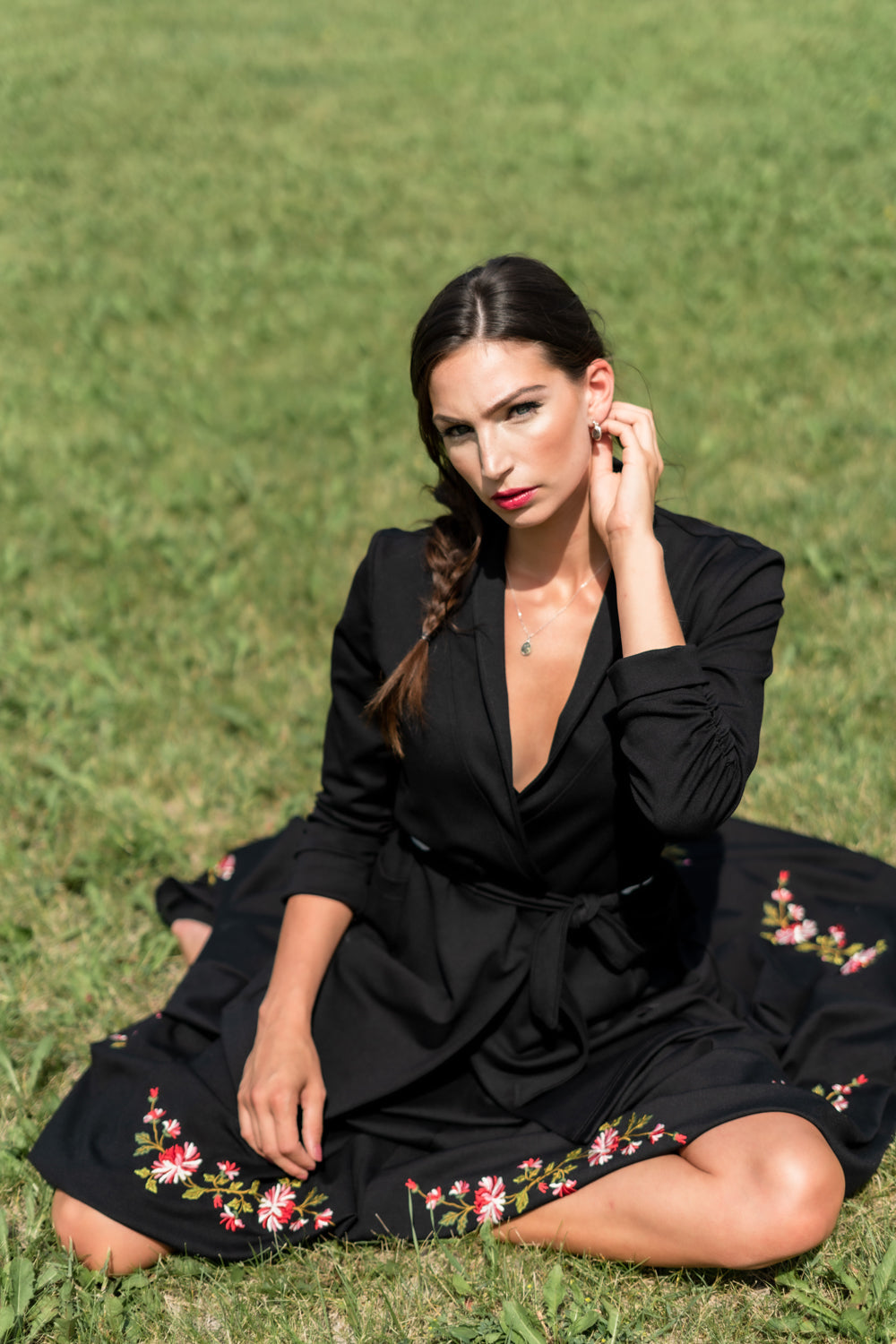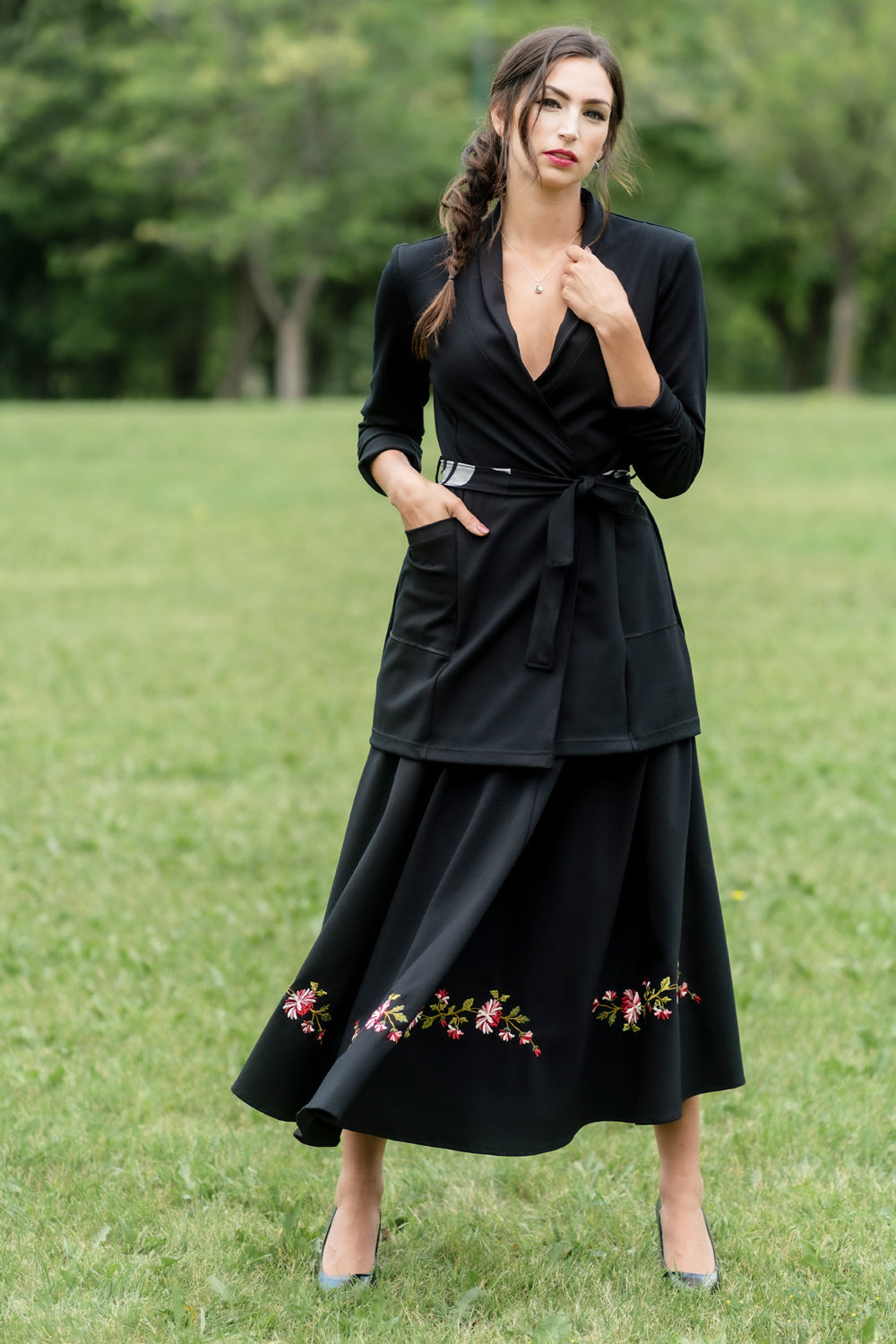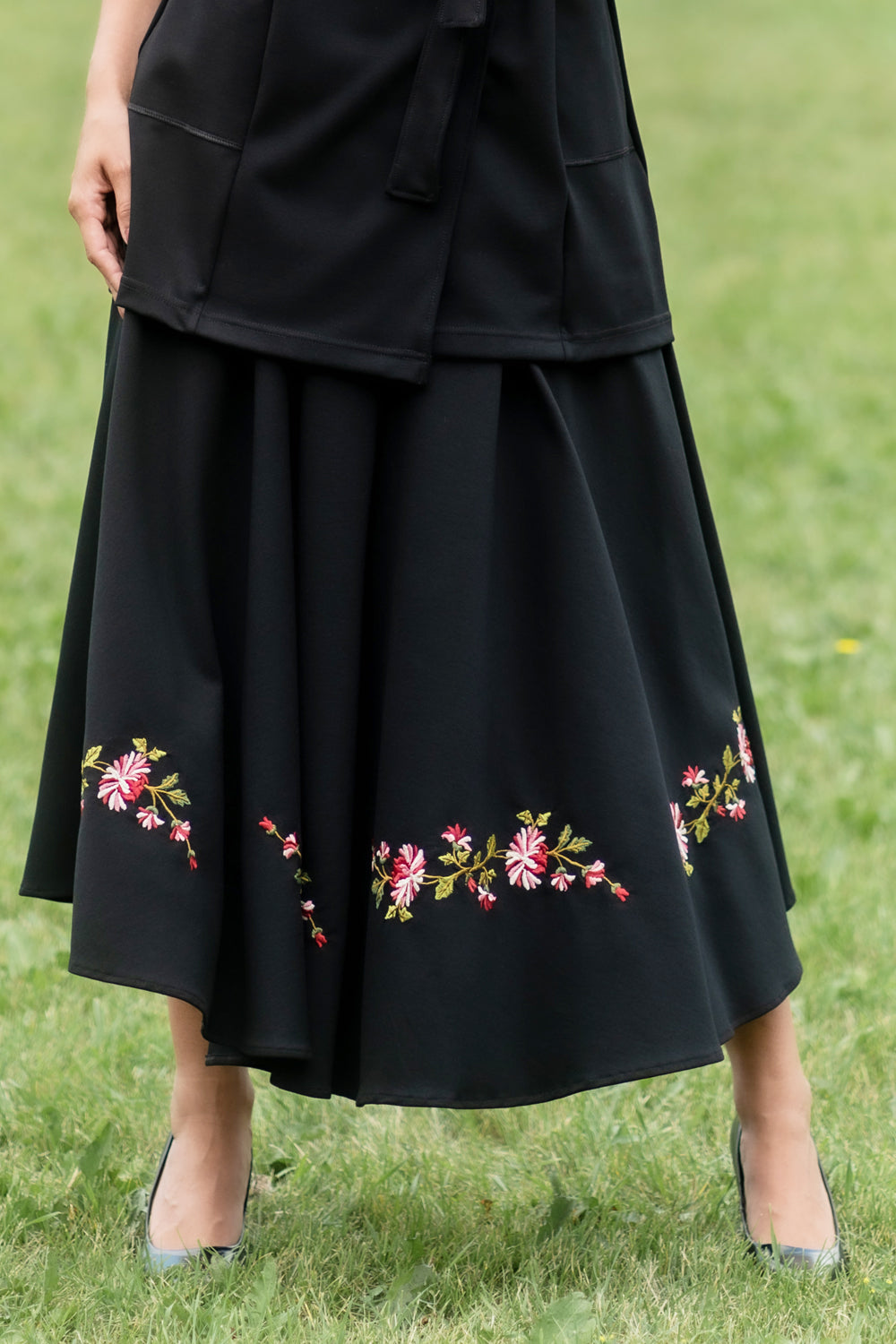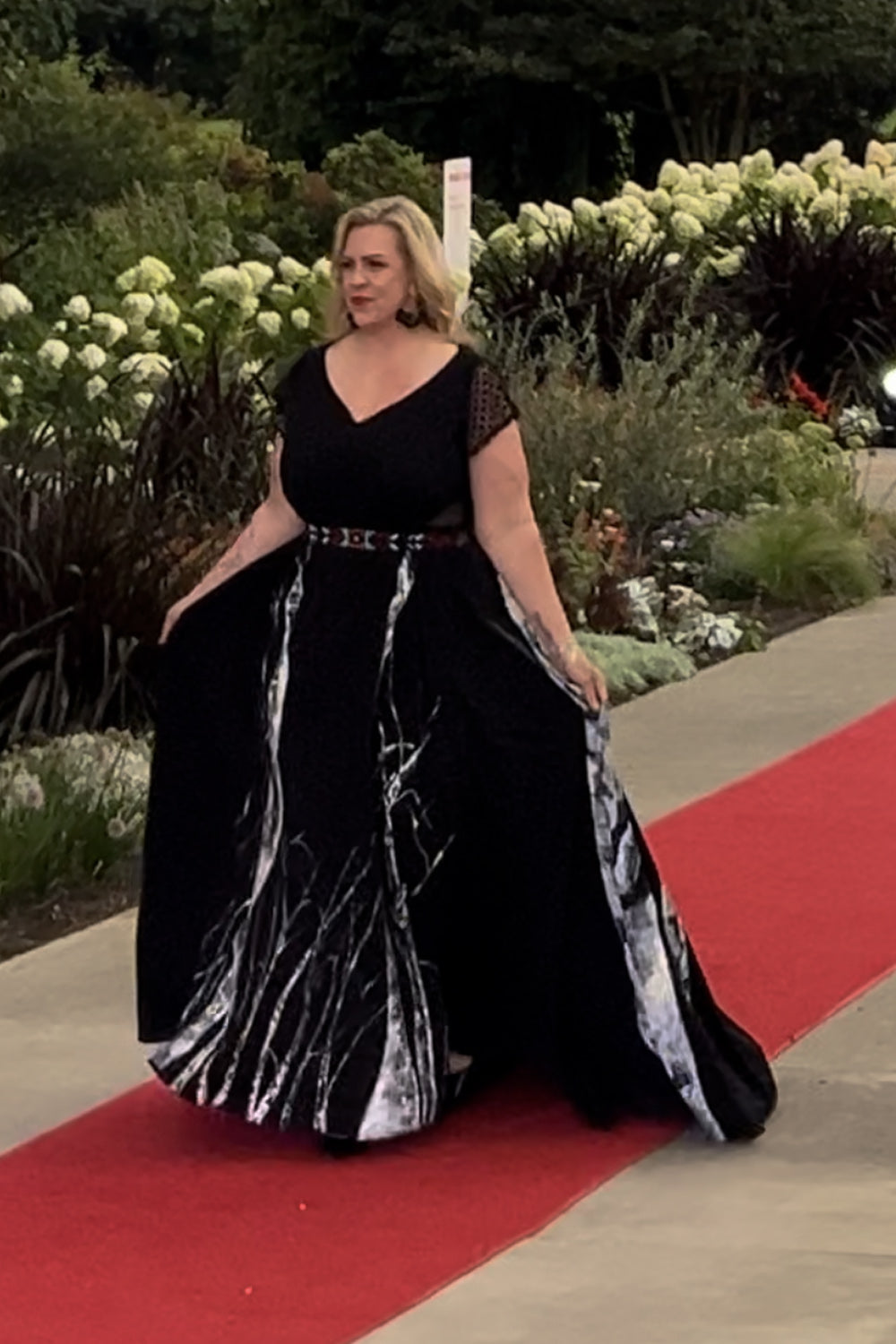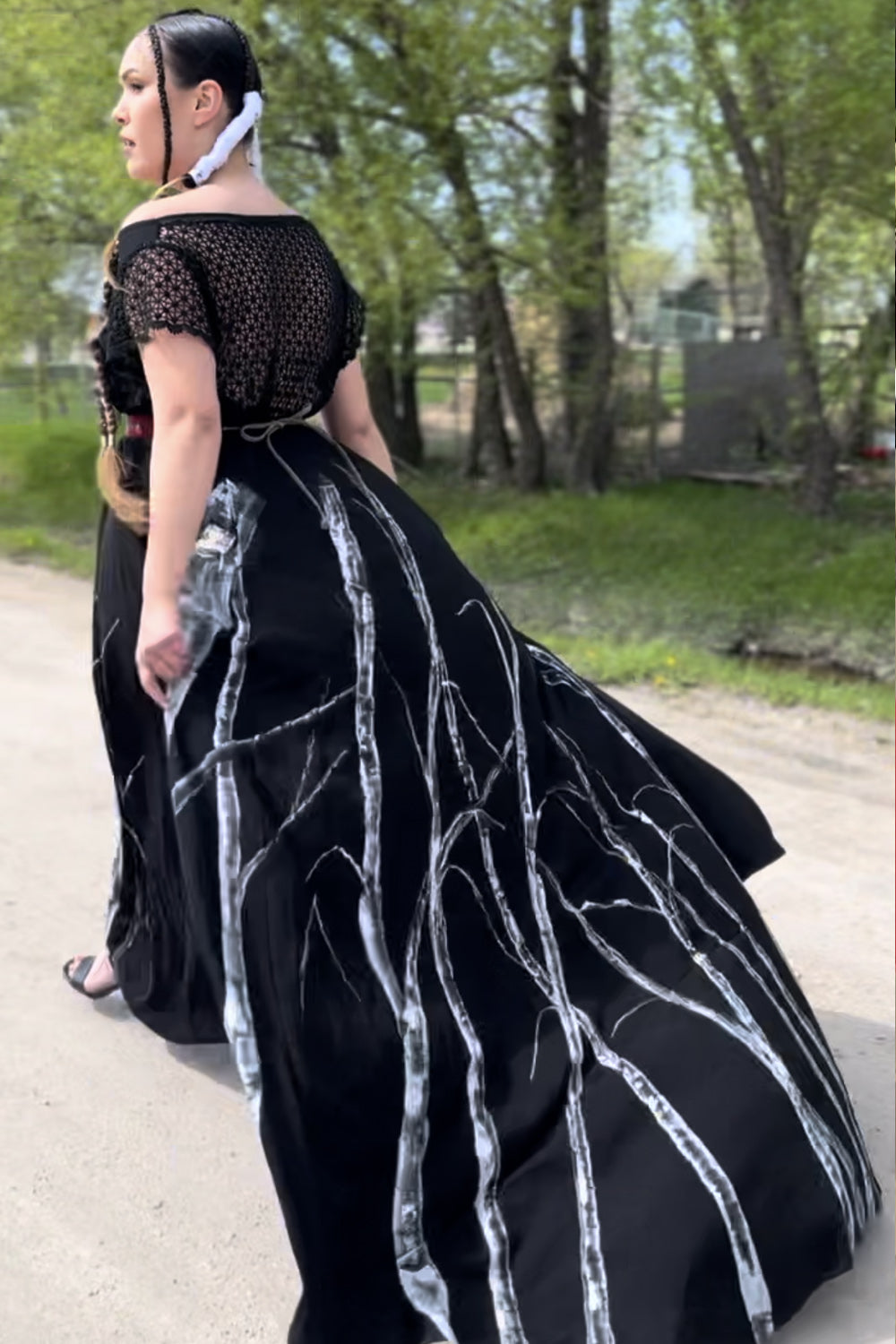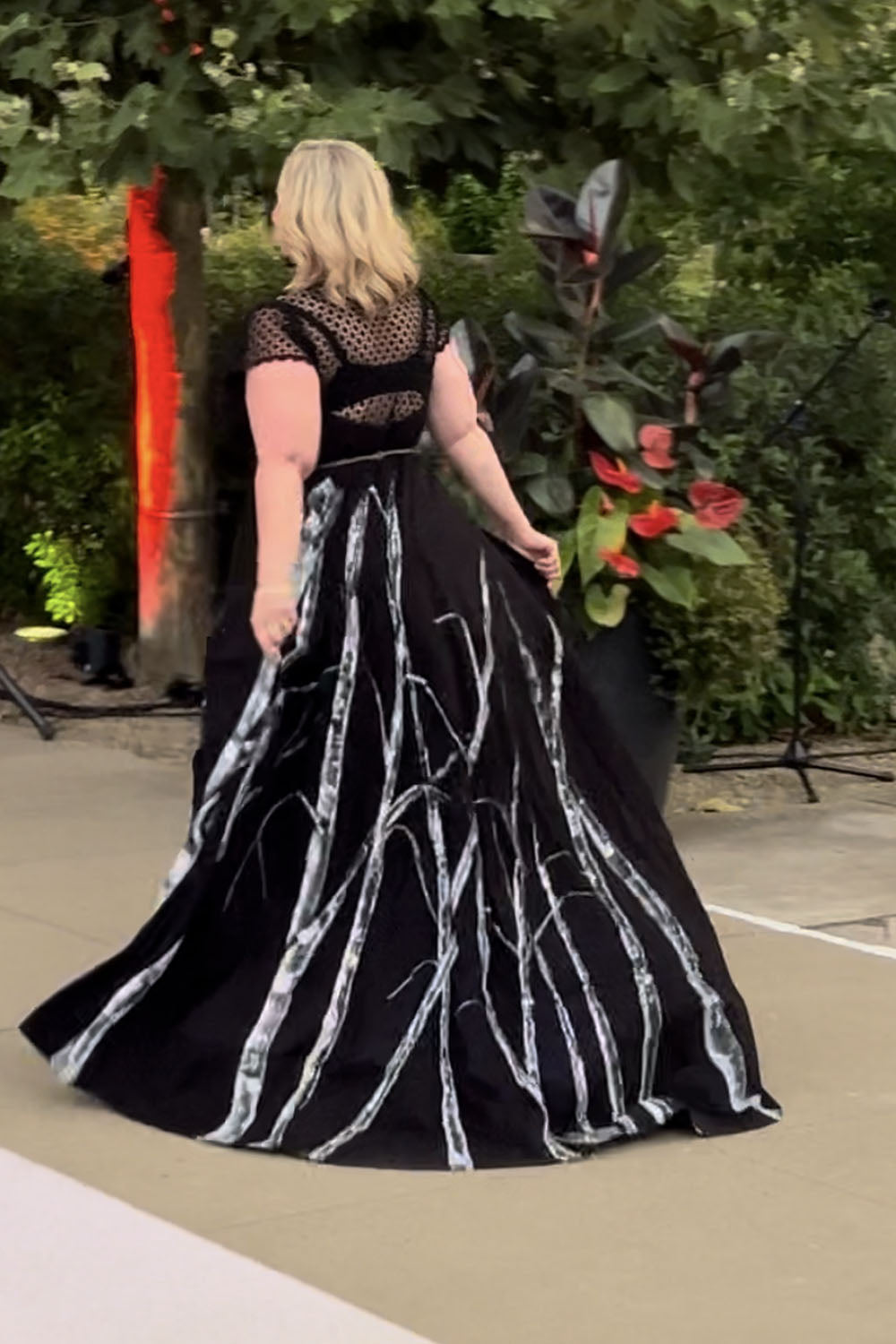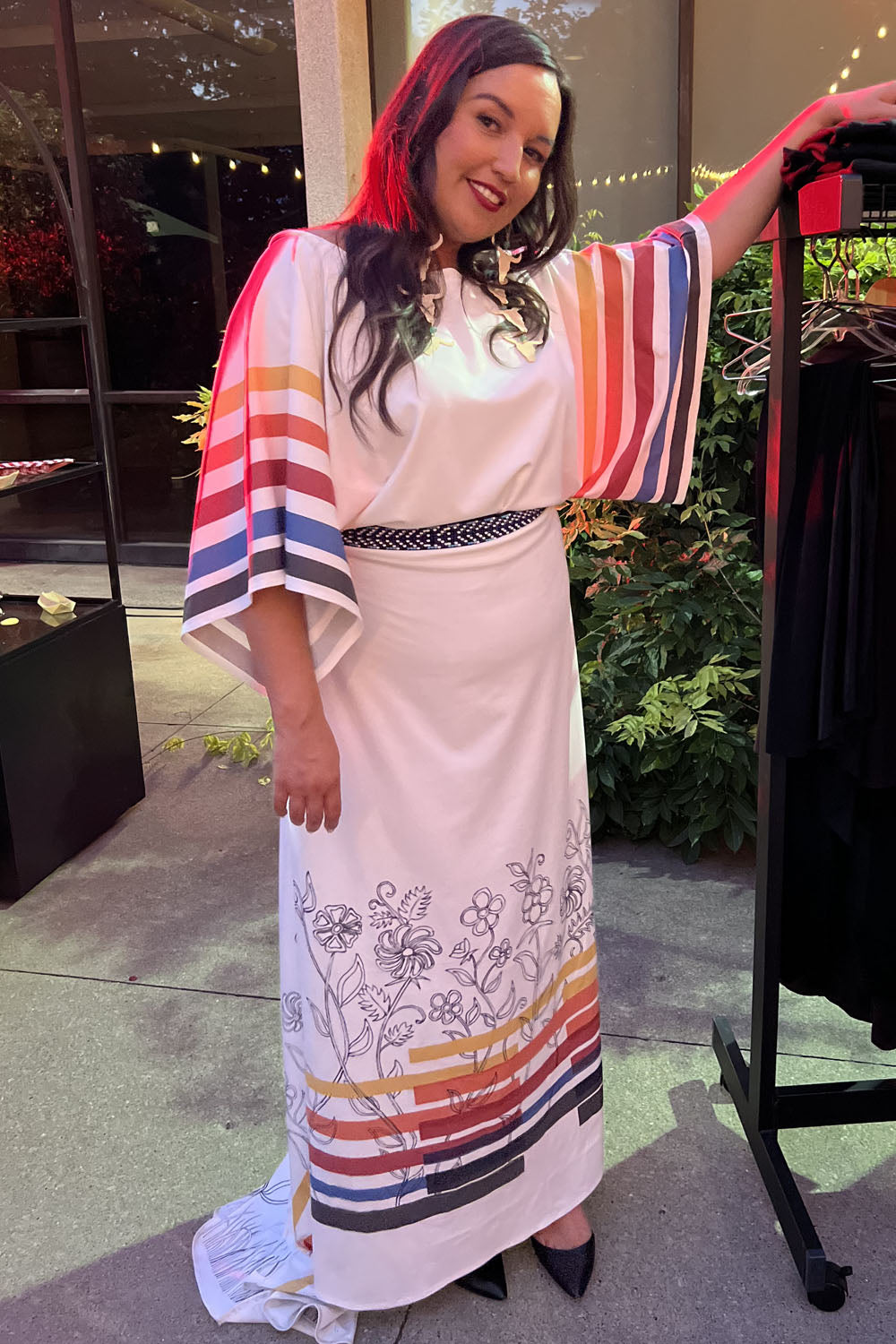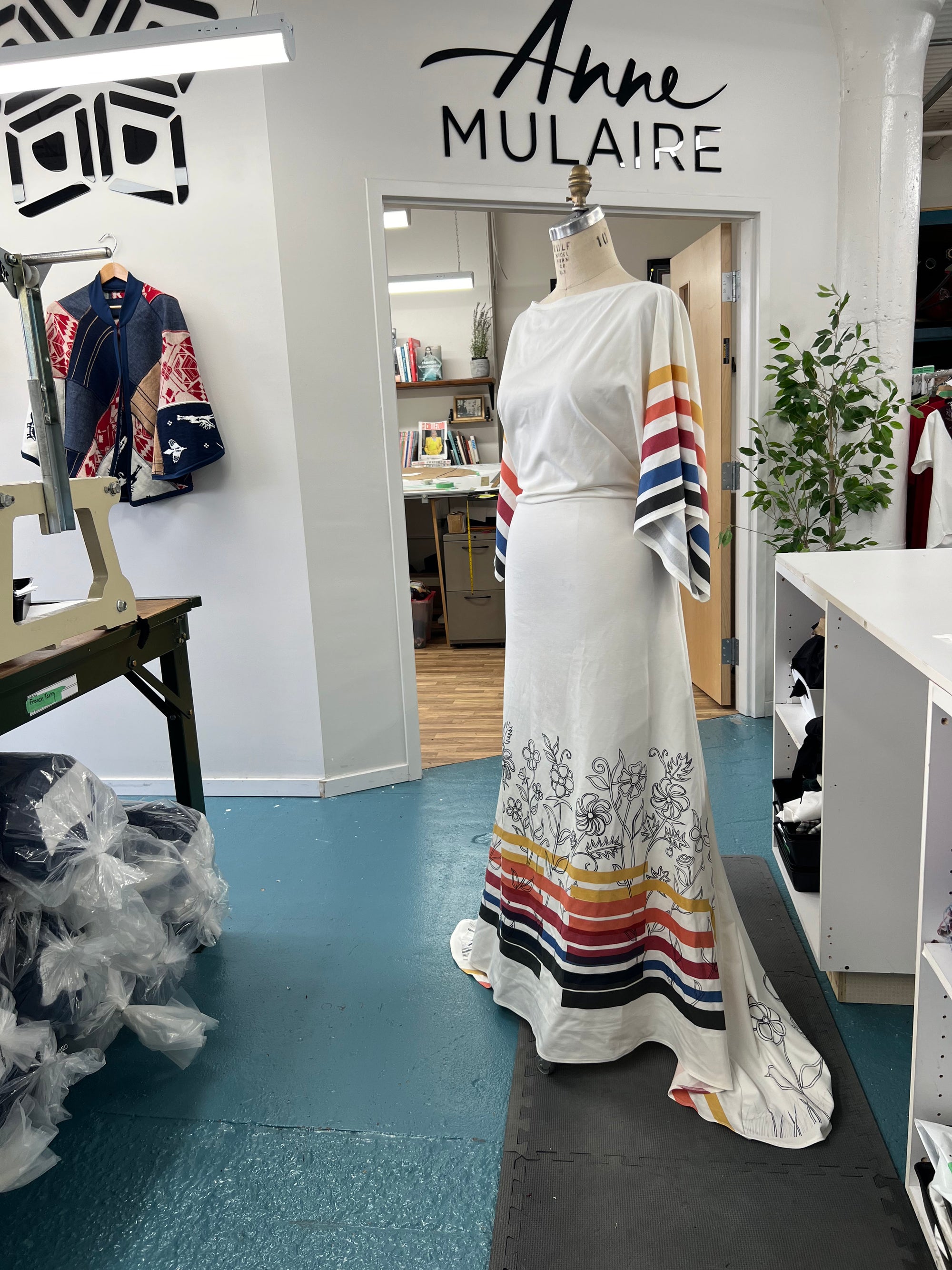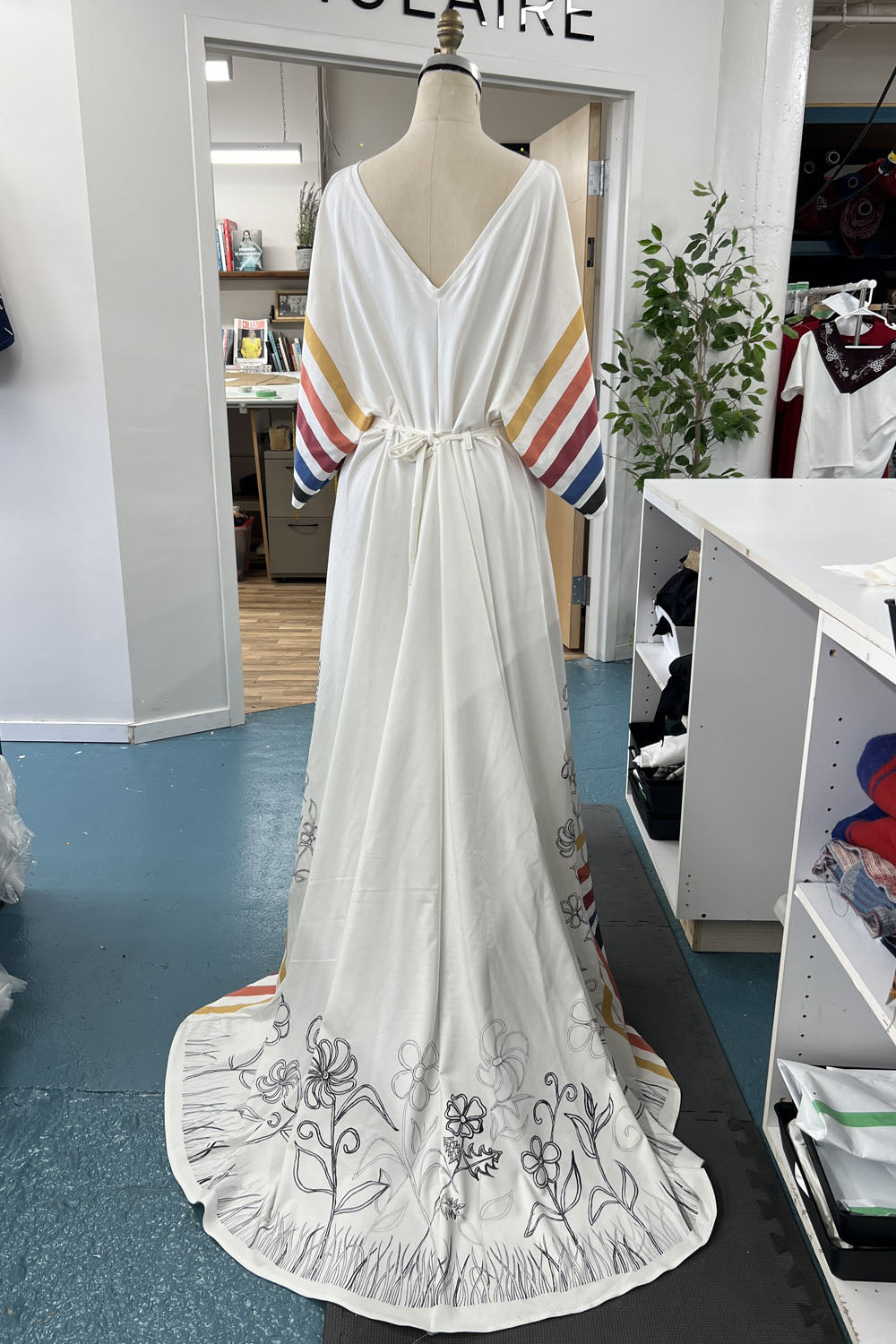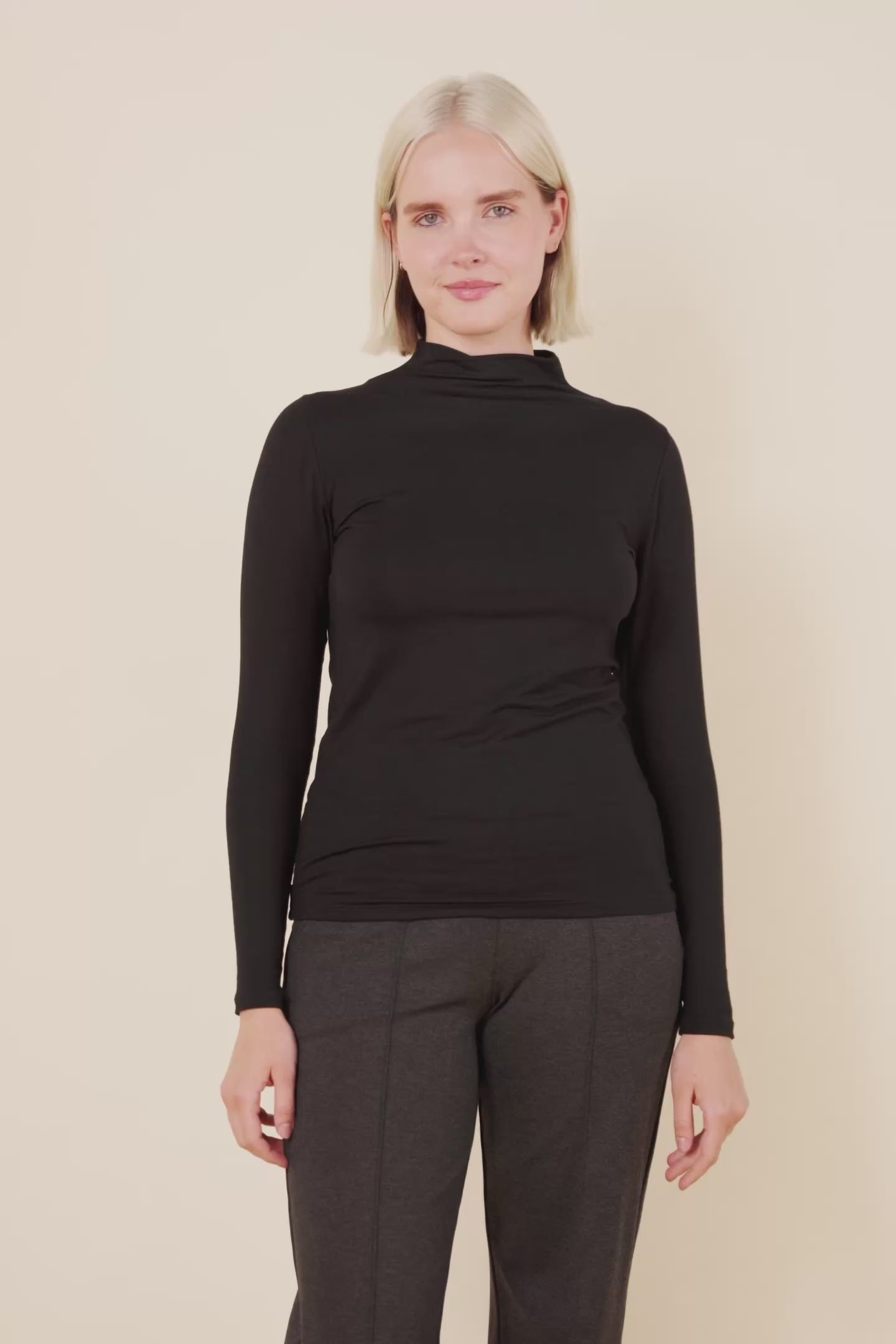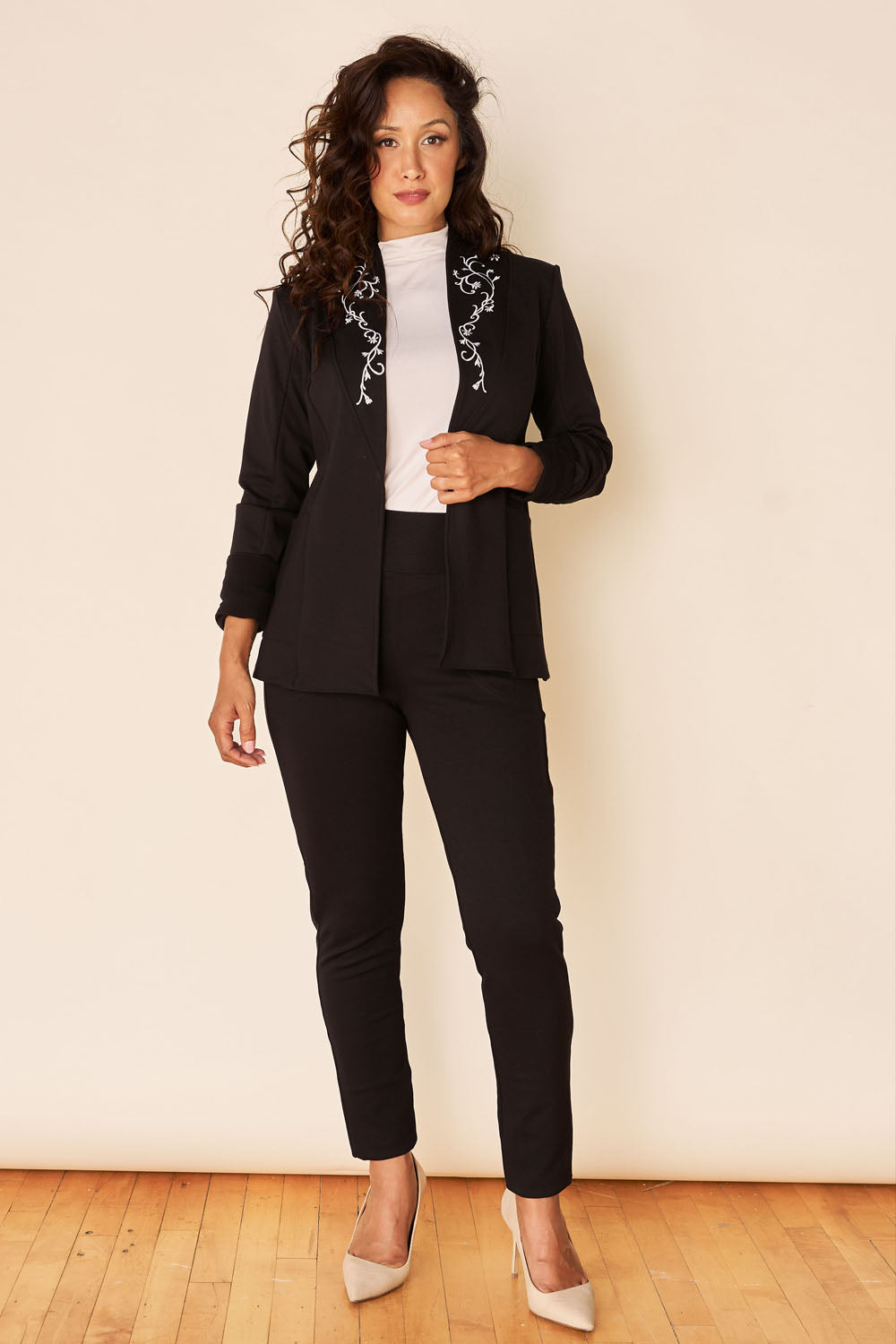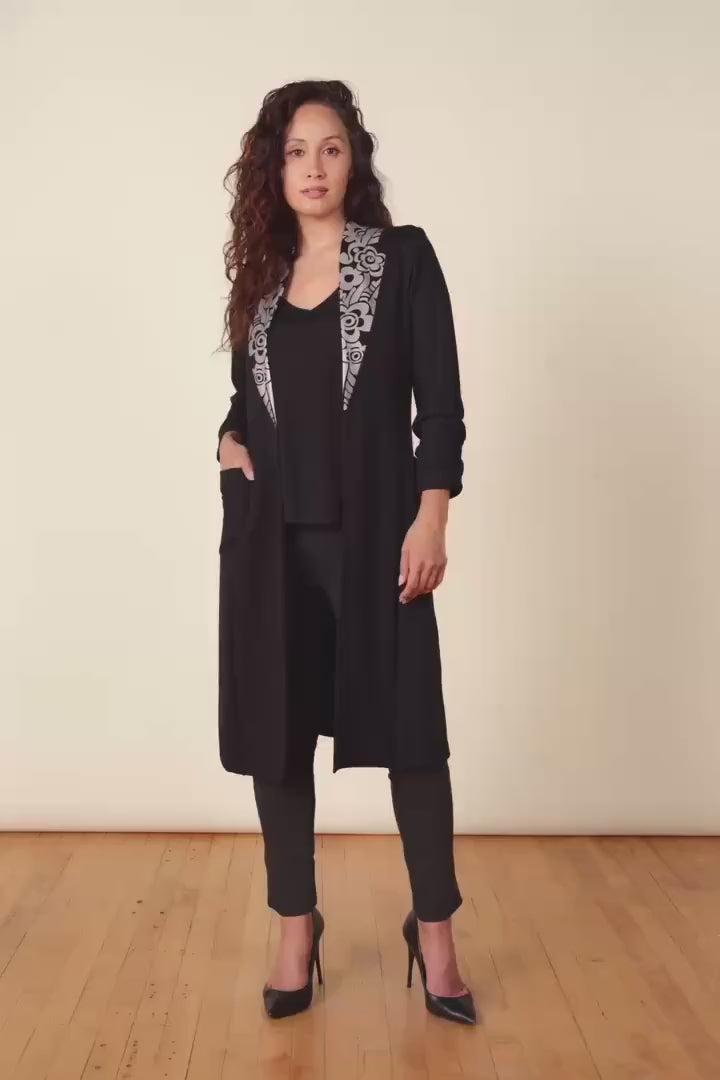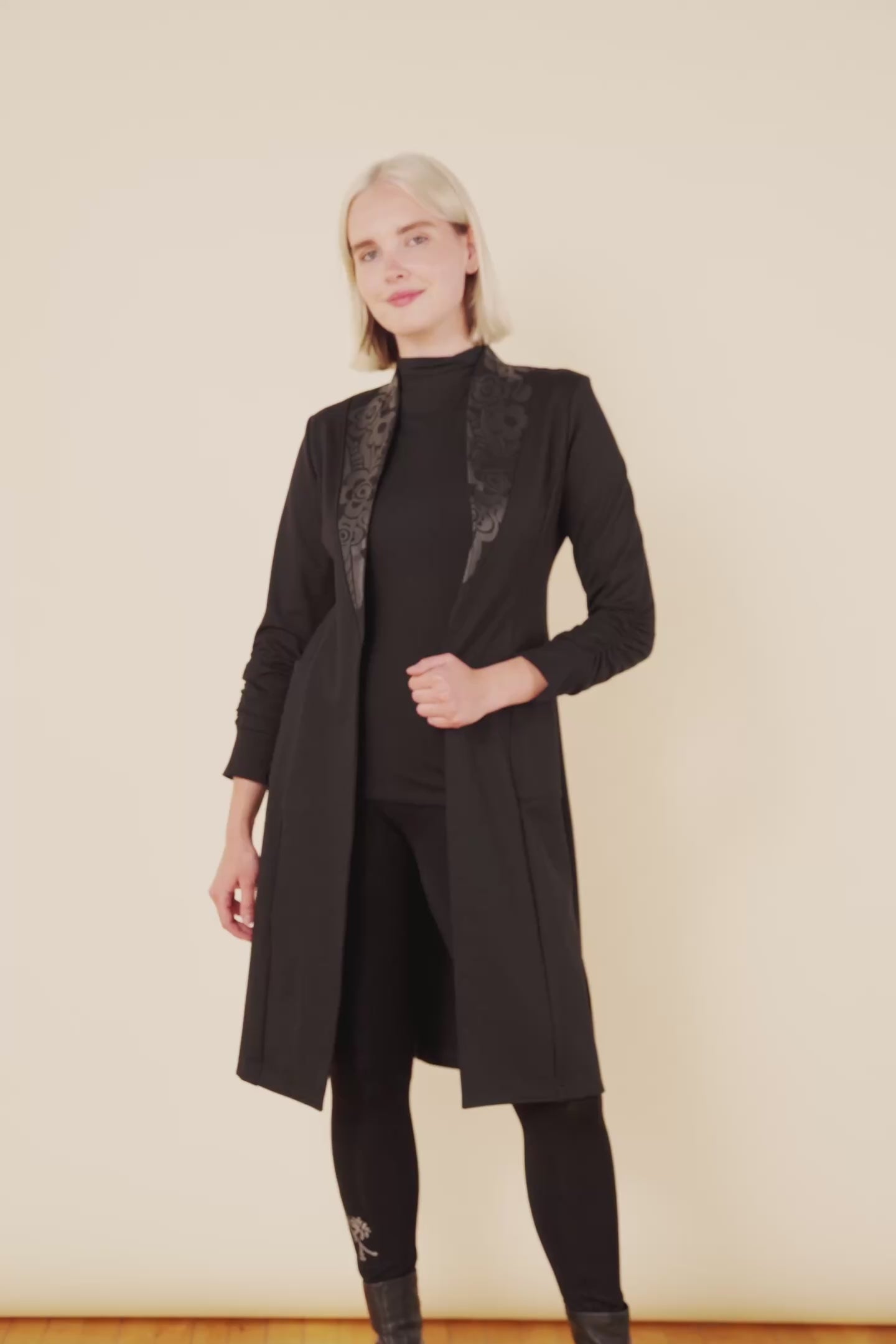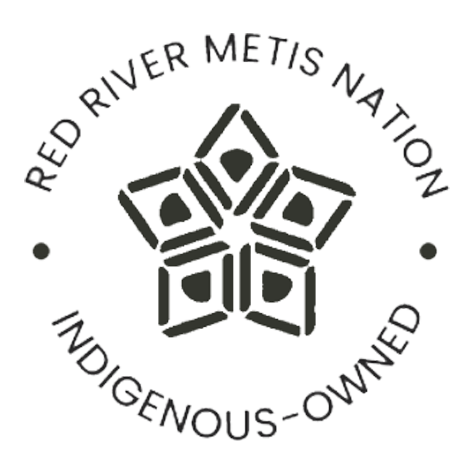
The story of
Our Héritage Designs
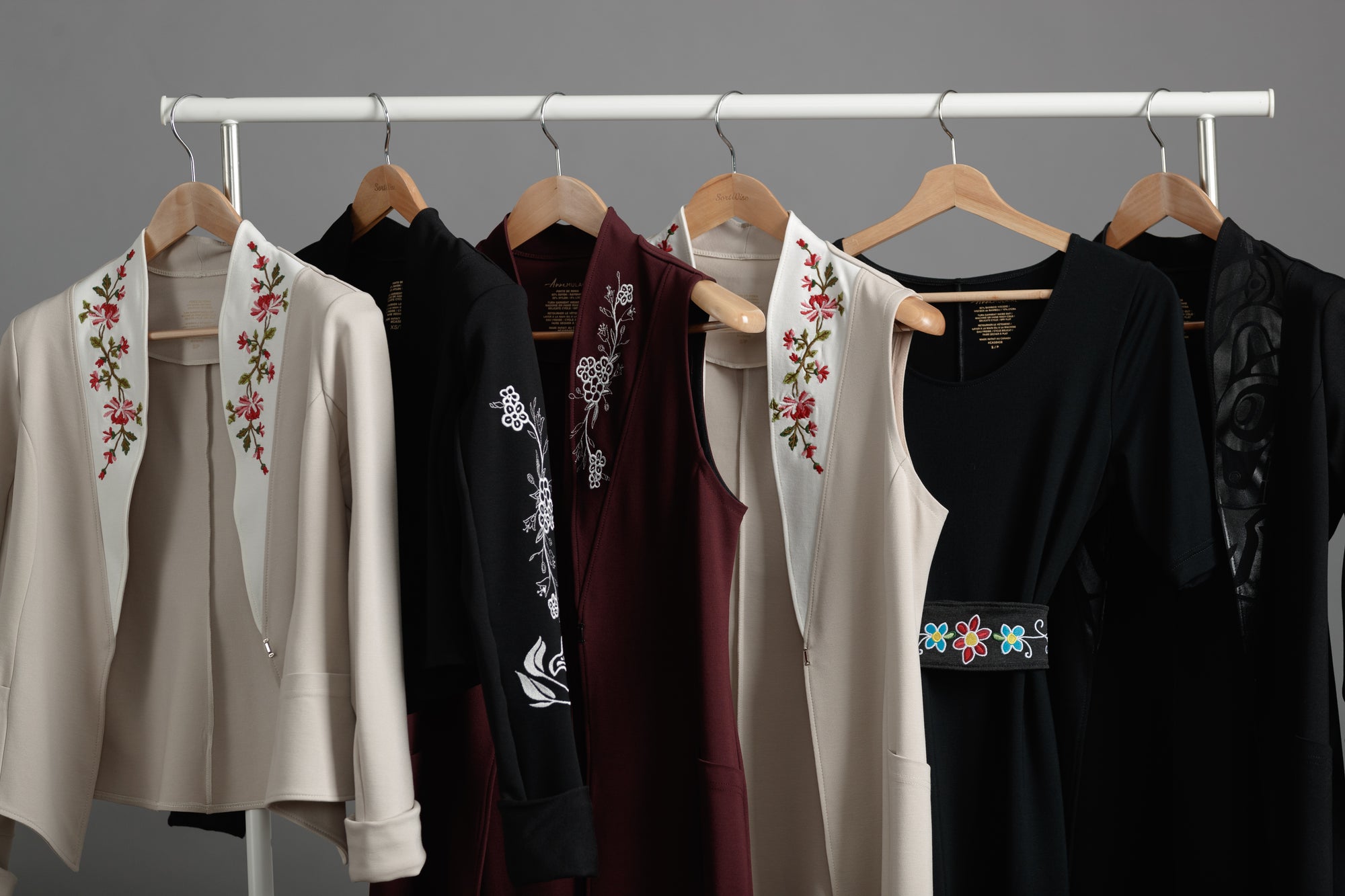
David Albert
Métis Elder artist at Anne Mulaire he expresses the stories of indigenous culture in his singular artwork. His design compositions offer a captivating, creative vision to the viewer.
Originating from Penetanguishene, Treaty 61 and growing up in Fisher Branch Manitoba, David pursued his passion for art by teaching it and exploring nature. Subsequently, he acted as an art consultant for the Manitoba Department of Education and supported the establishment of the Métis Student Association at Université de Saint-Boniface. He is also a co-founder of Elzéar-Goulet Local, the only French-speaking Métis group governed by the MMF.
David have also been involved in many community organizations such as, member of the Board of Heritage Winnipeg, Chair of the Youville Diabetes Centre, founder & President of Héritage Saint-Boniface, was actively involved in the Festival du Voyageur as past Official Voyageur and was proud to serve Board of Governors for the Manito Ahbee Festival Inc.
His contributions and commitment to his community and artwork have made him an integral part of Anne Mulaire’s strong heritage-inspired and eco-conscious brand.
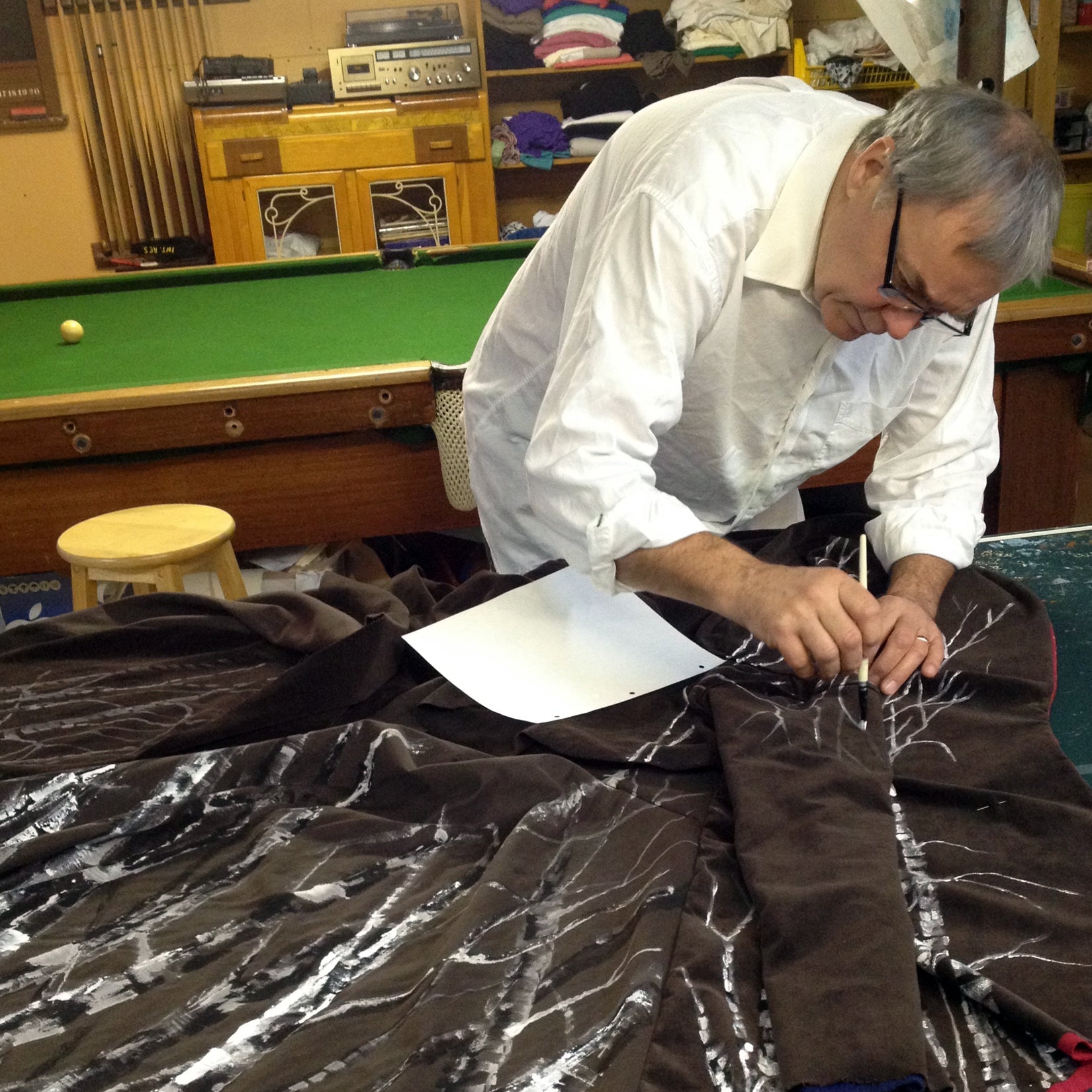
Our Prints Tell a Story
Ramon Shiloh
Guest artist Ramon Shiloh is a renowned author, illustrator, and activist for Native youth. As a multicultural chef of Black, Filipino, Creek, and Cherokee descent, he has received numerous awards for his contributions to the arts.
Together with Anne Mulaire, Ramon Shiloh has created the Indigenous Legacy Feathers, which use symbolism to convey powerful stories. In honour of National Indigenous Peoples Day, these feathers remind us to appreciate the diverse richness of our cultures and to respect one another.


CREATED & ILLUSTRATED BY RAMON SHILOH
Indigenous Legacy: Feather Representations
LEFT FEATHER, showcases the vast Pacific Ocean, where the Western Feather symbolizes the complex issues surrounding our waterways. As the sun sets, we remain committed to building a better future for ourselves and generations to come, and the West awakens the East.
CENTER FEATHER, showcases the collaborative spirit and blossoming patterns inspired by the traditional floral beadwork of the Métis, known as the 'Flower Beadwork People'. The rabbit symbolizes resourcefulness and adaptability, serving as a reminder of the importance of using available resources wisely and being adaptable. This design was created in collaboration with Métis Elder David Albert, a talented artist from Winnipeg.
RIGHT FEATHER, represents Indigenous people's sacred life and enduring hardships. Our ceremonies are complex and demanding, and walking the "Red Road" requires resilience. Despite the genocidal traumas suffered by many generations, the Great Spirit gifts us with rituals to find peace, ensuring that our expressions continue to contribute to the next generation. We carry the wisdom of our elders and remain here, stronger than ever.
